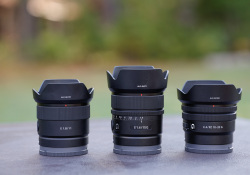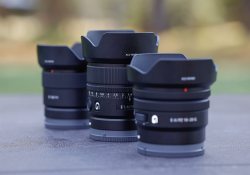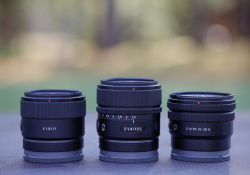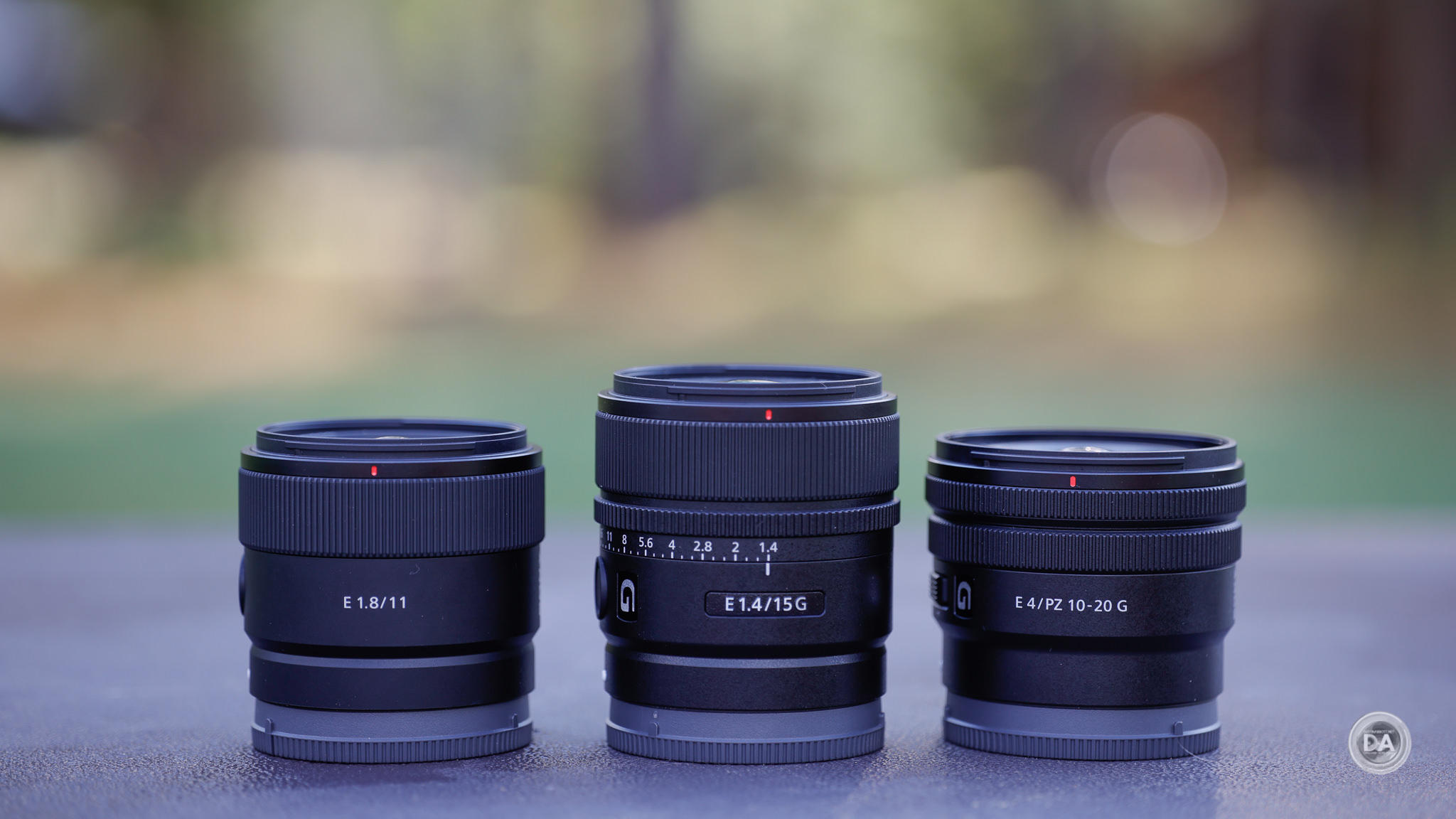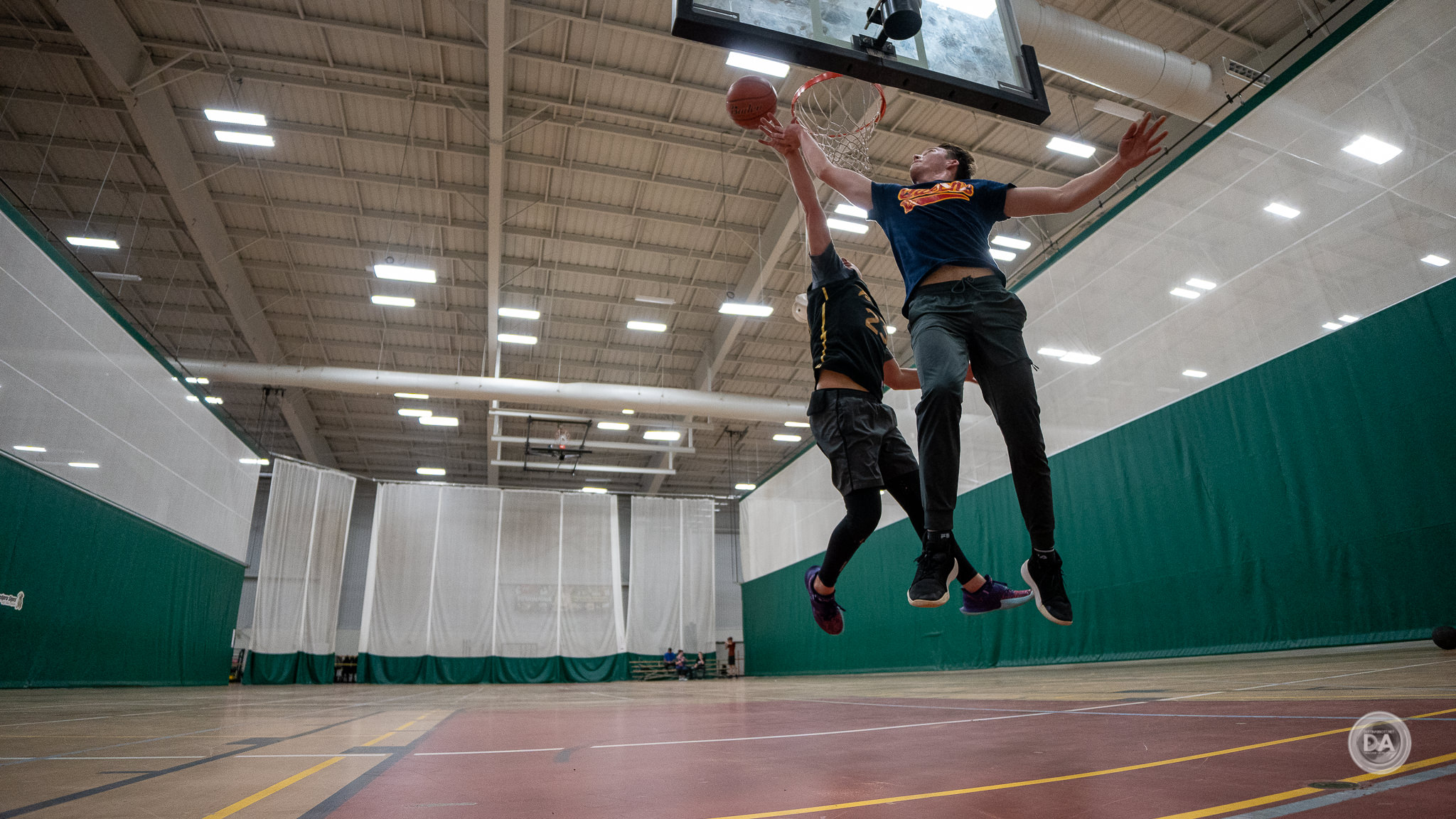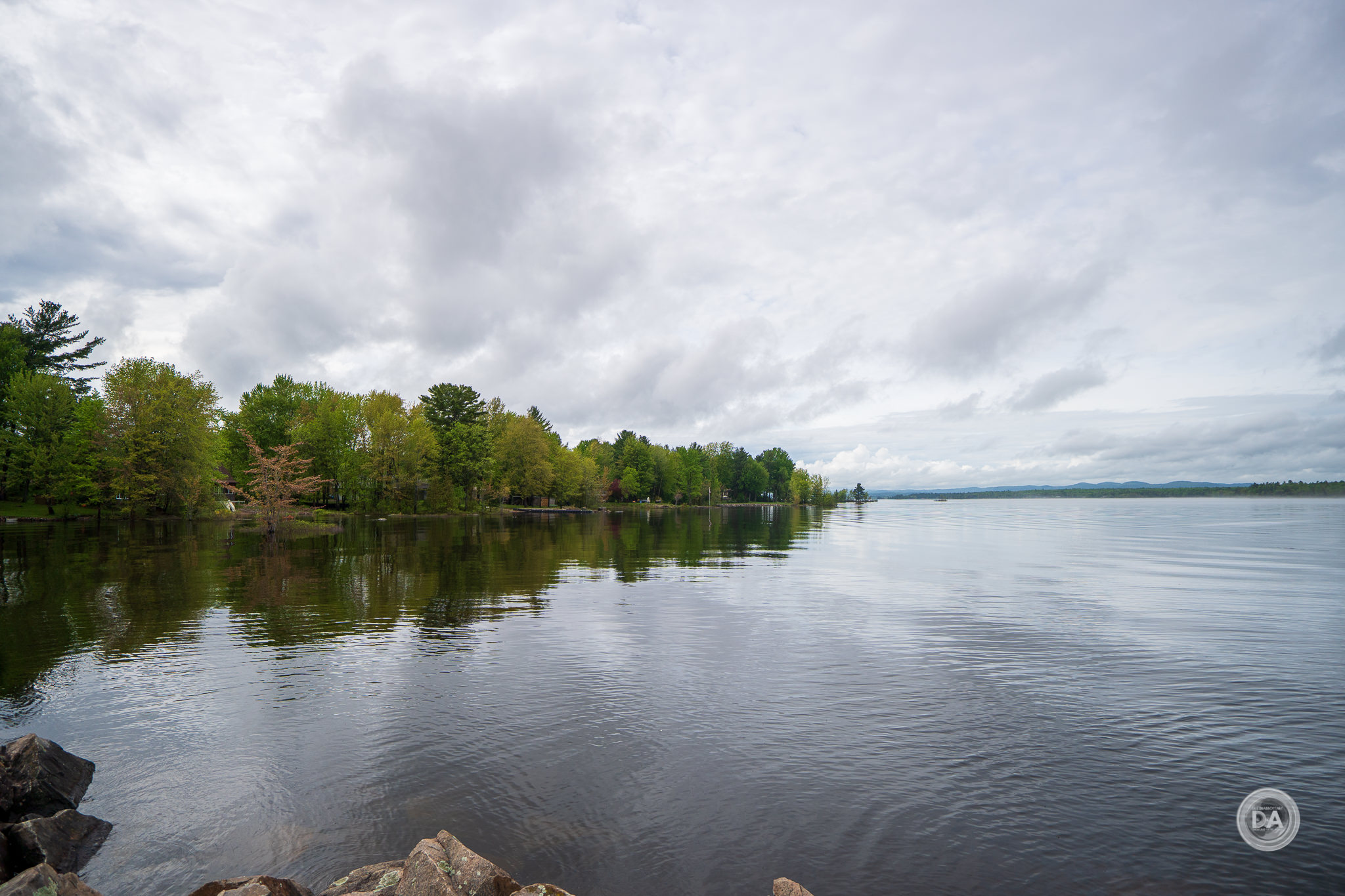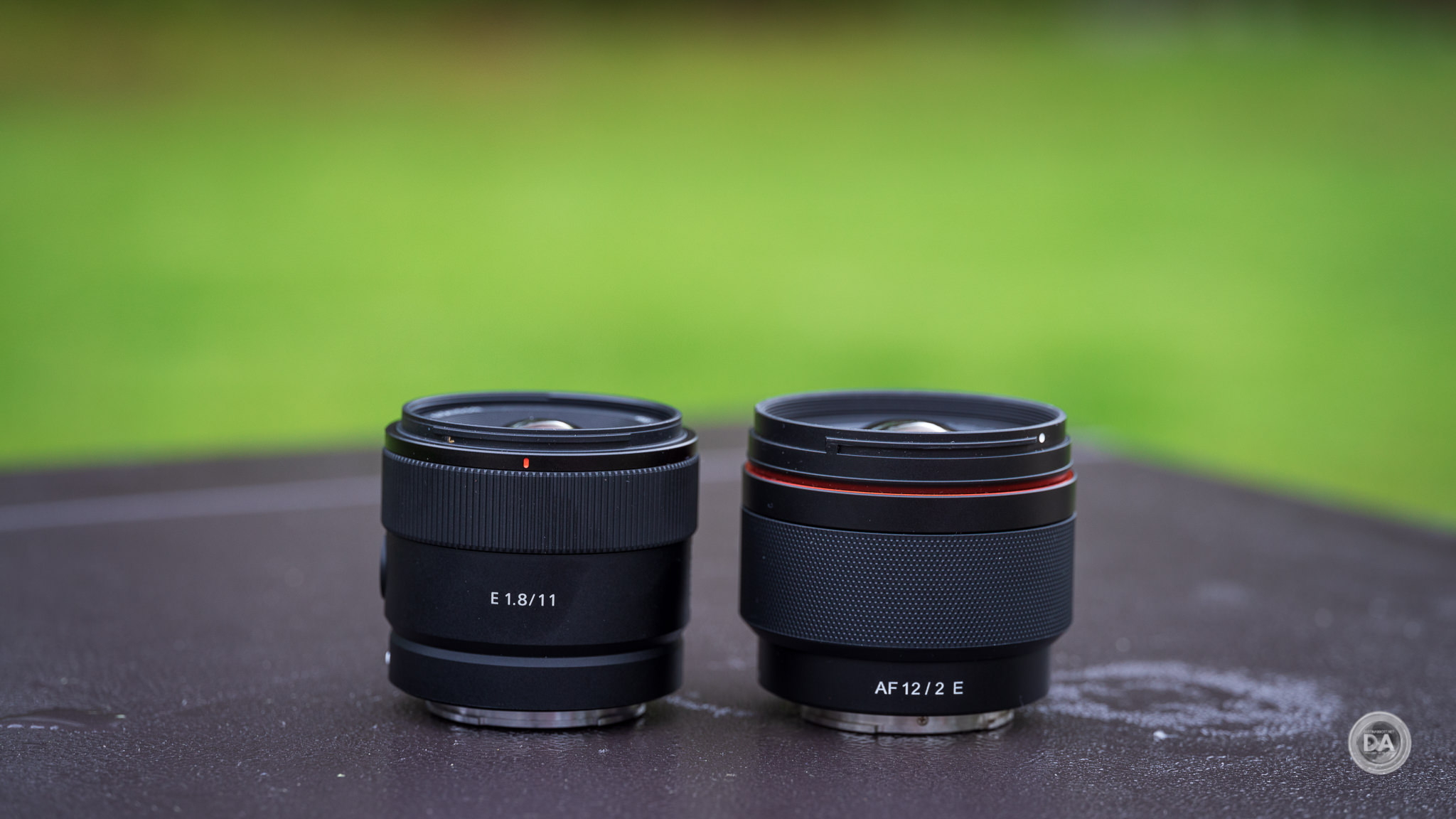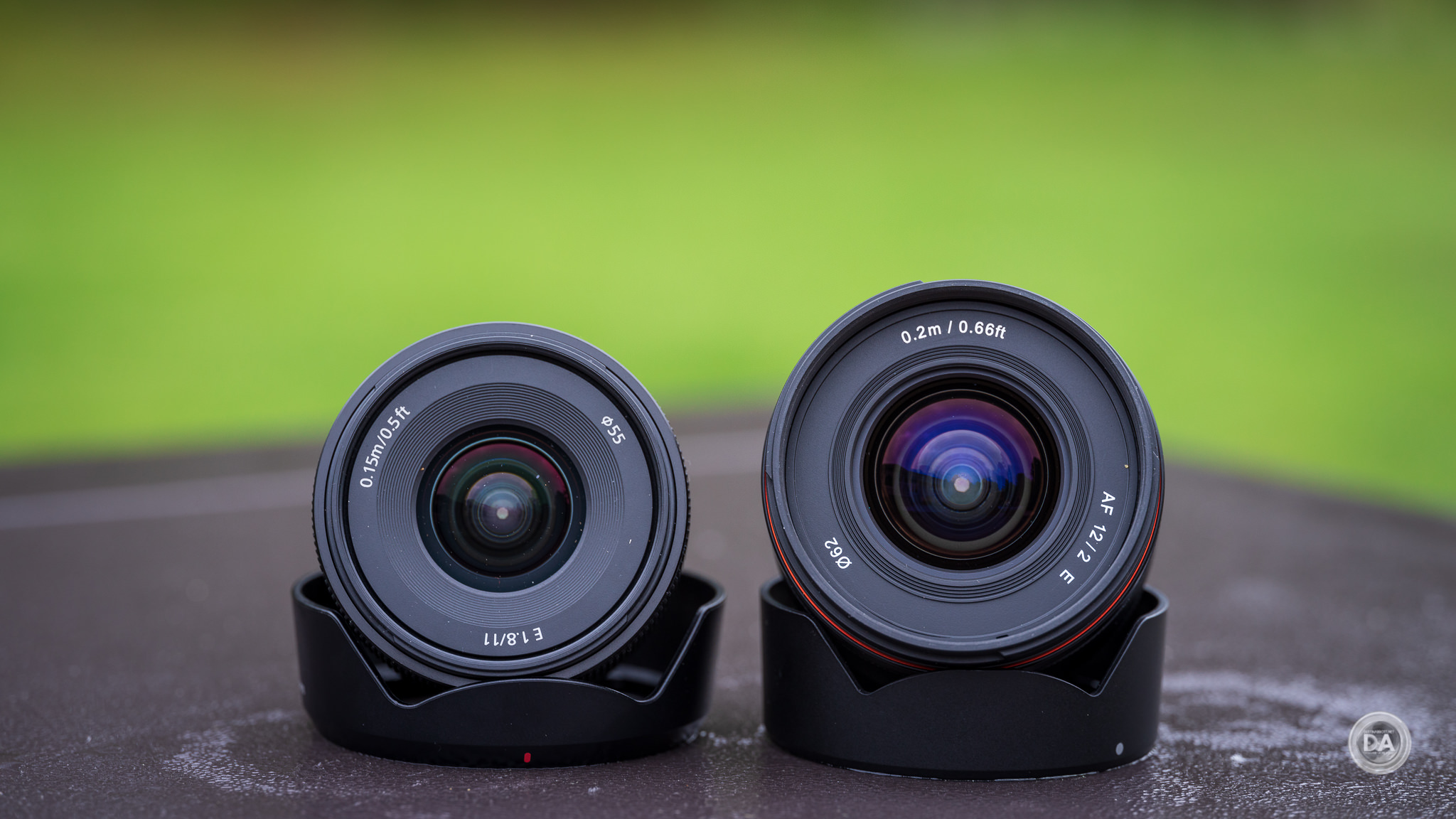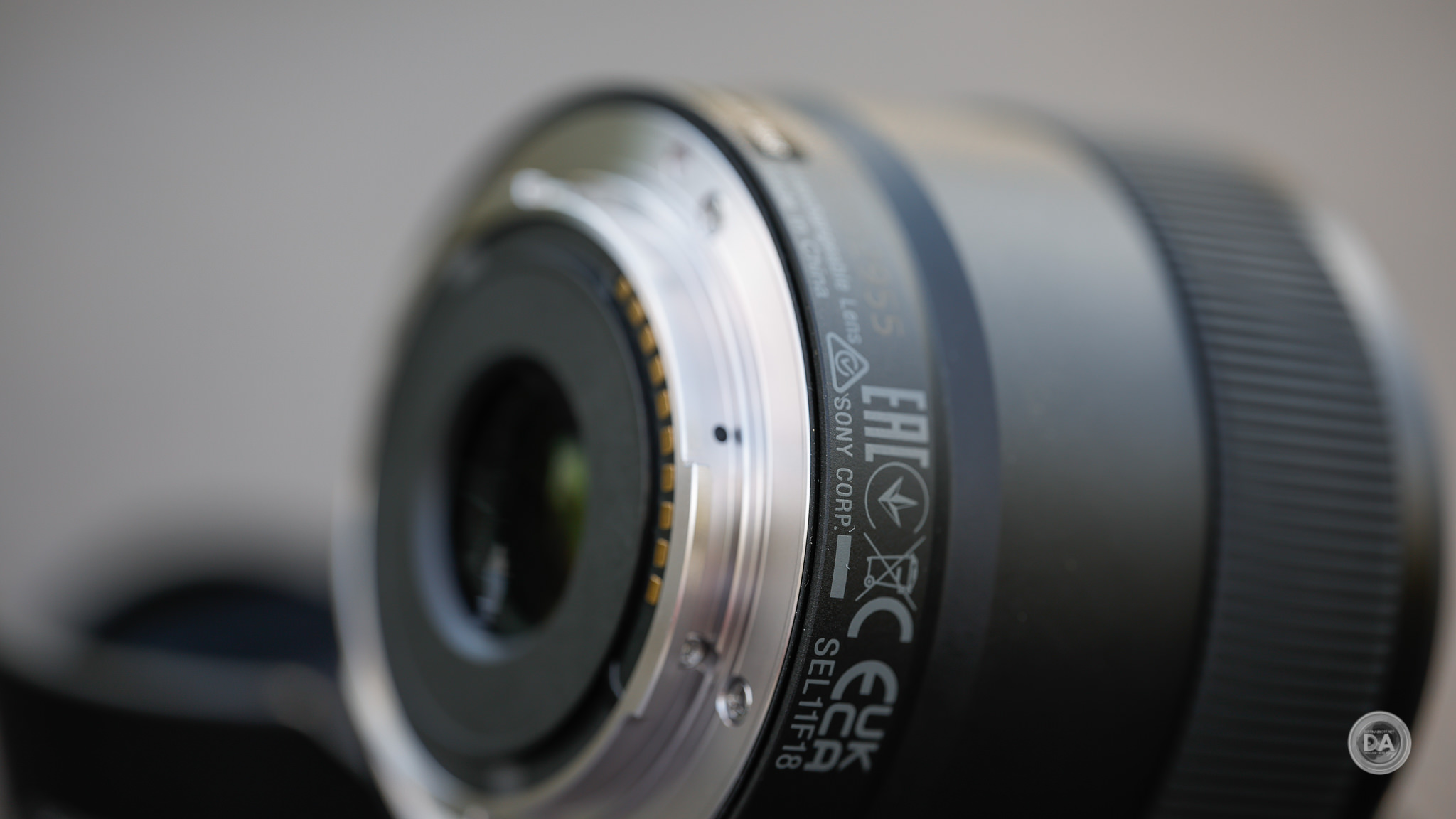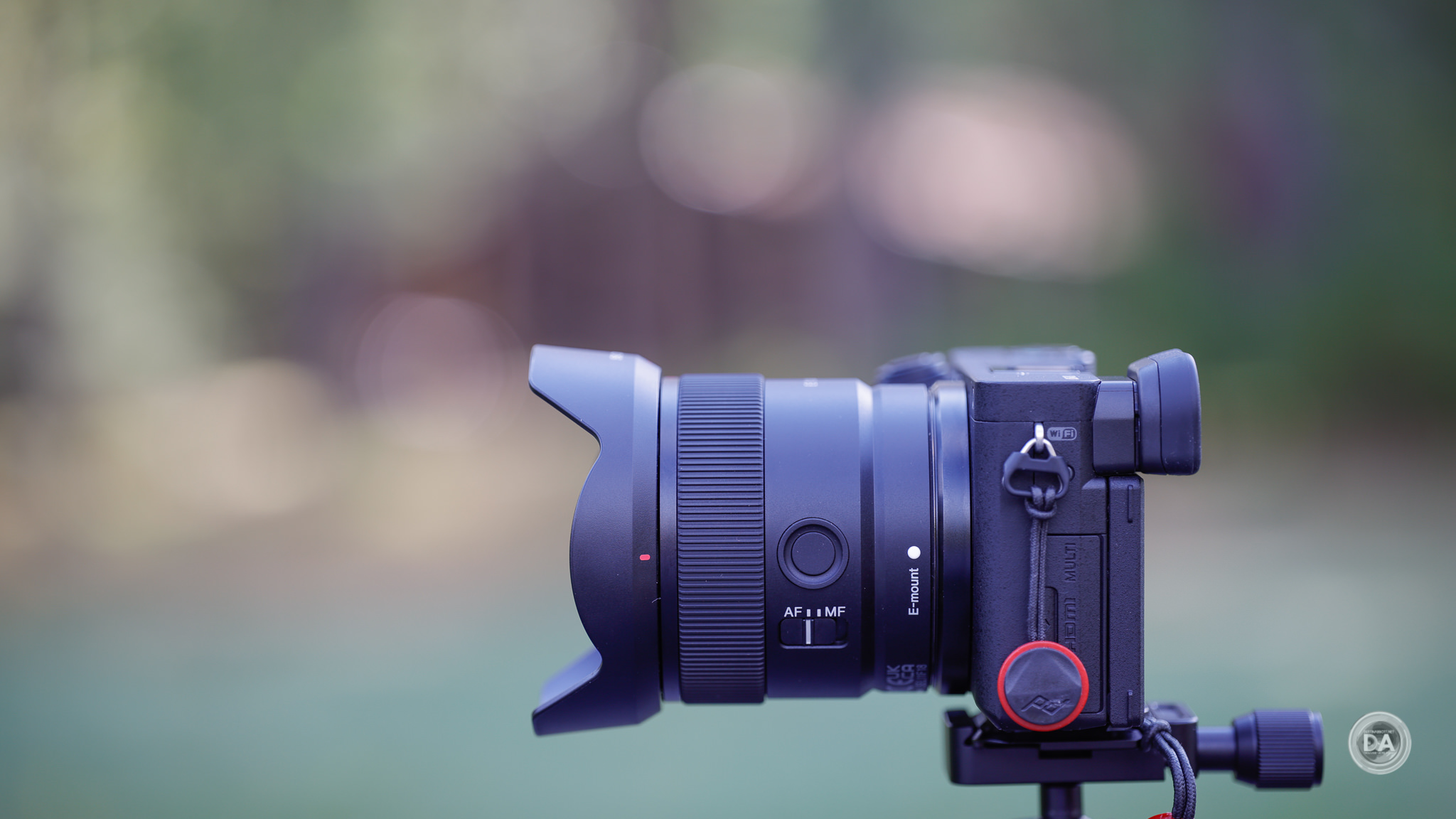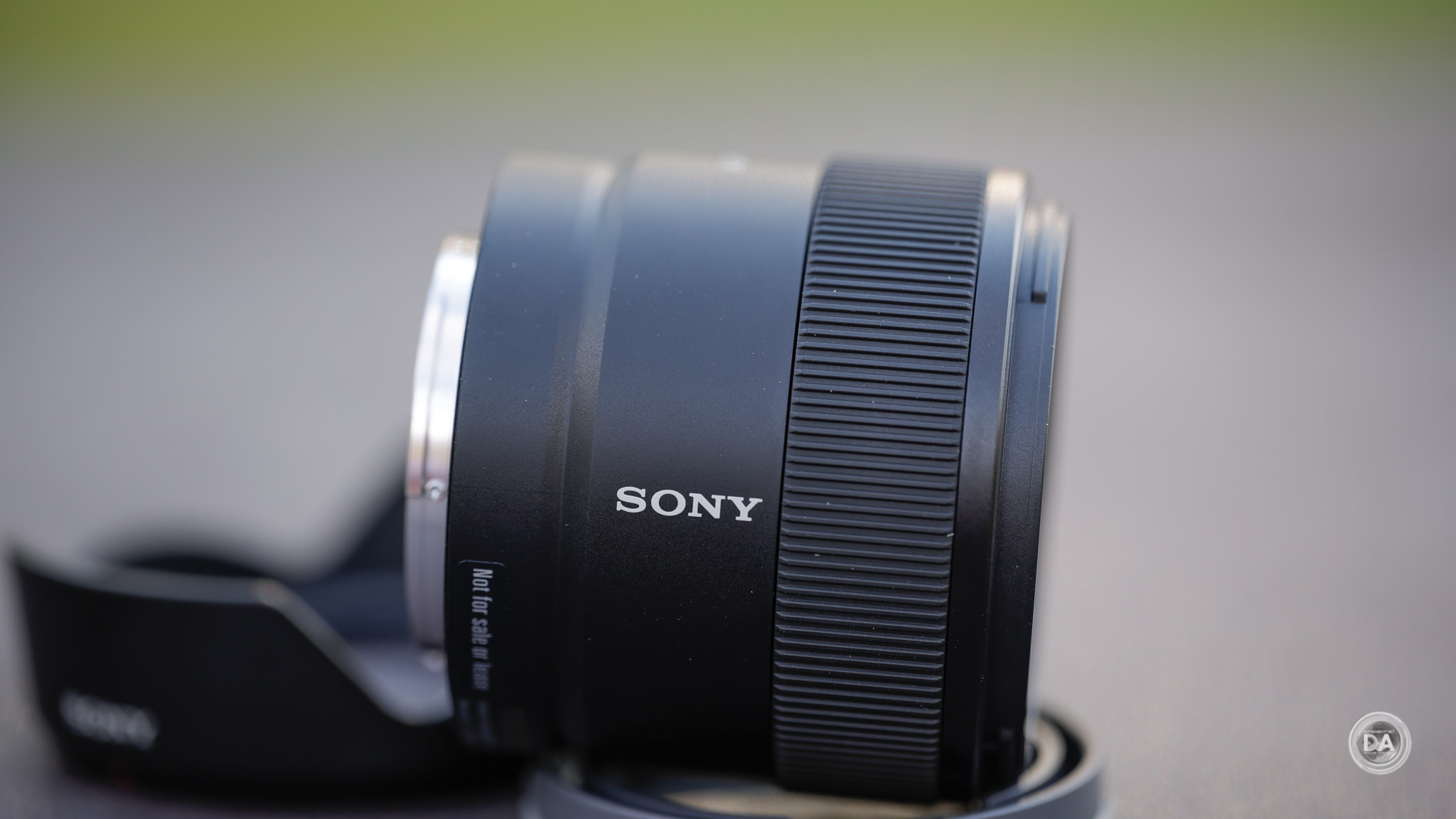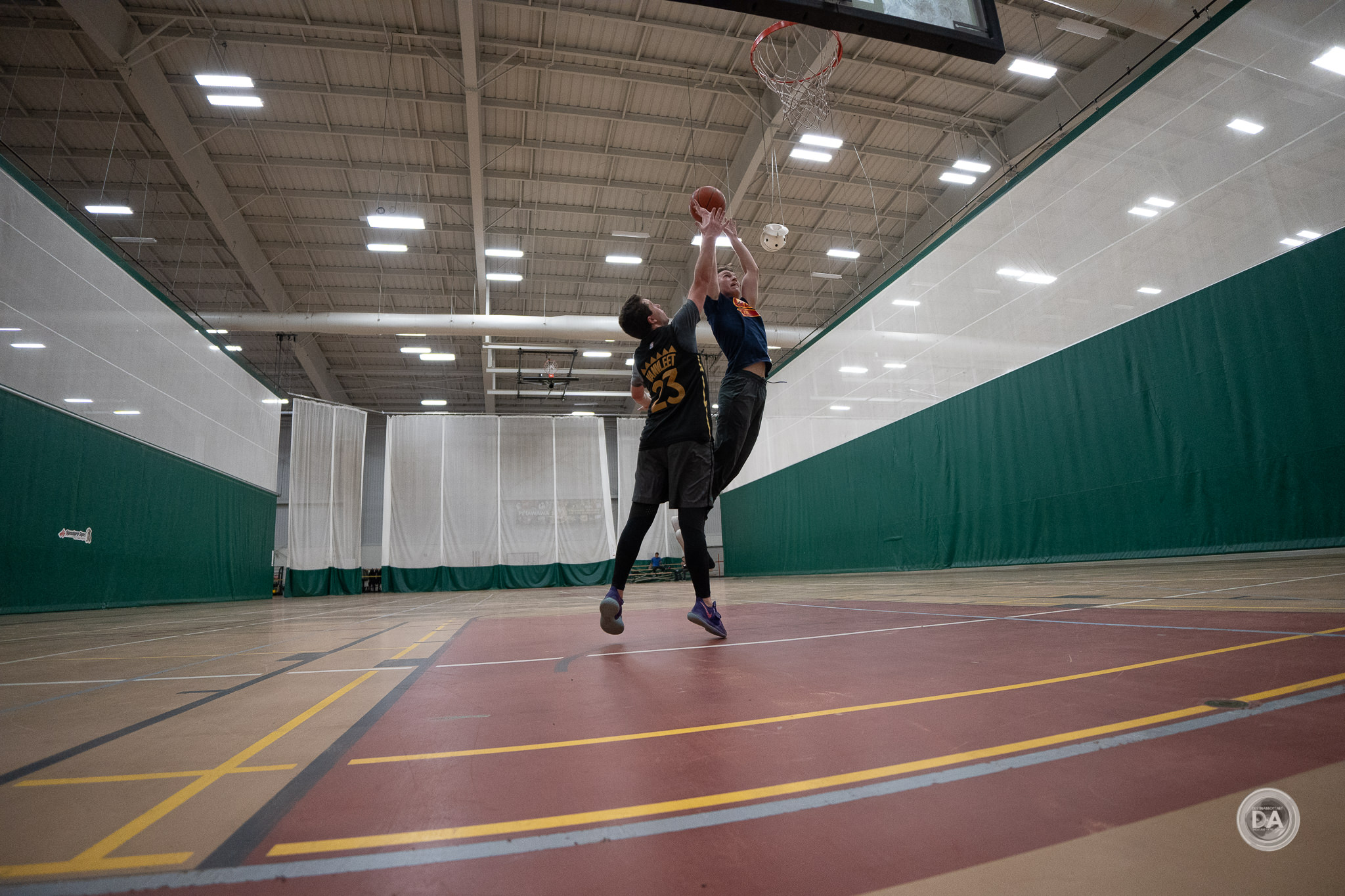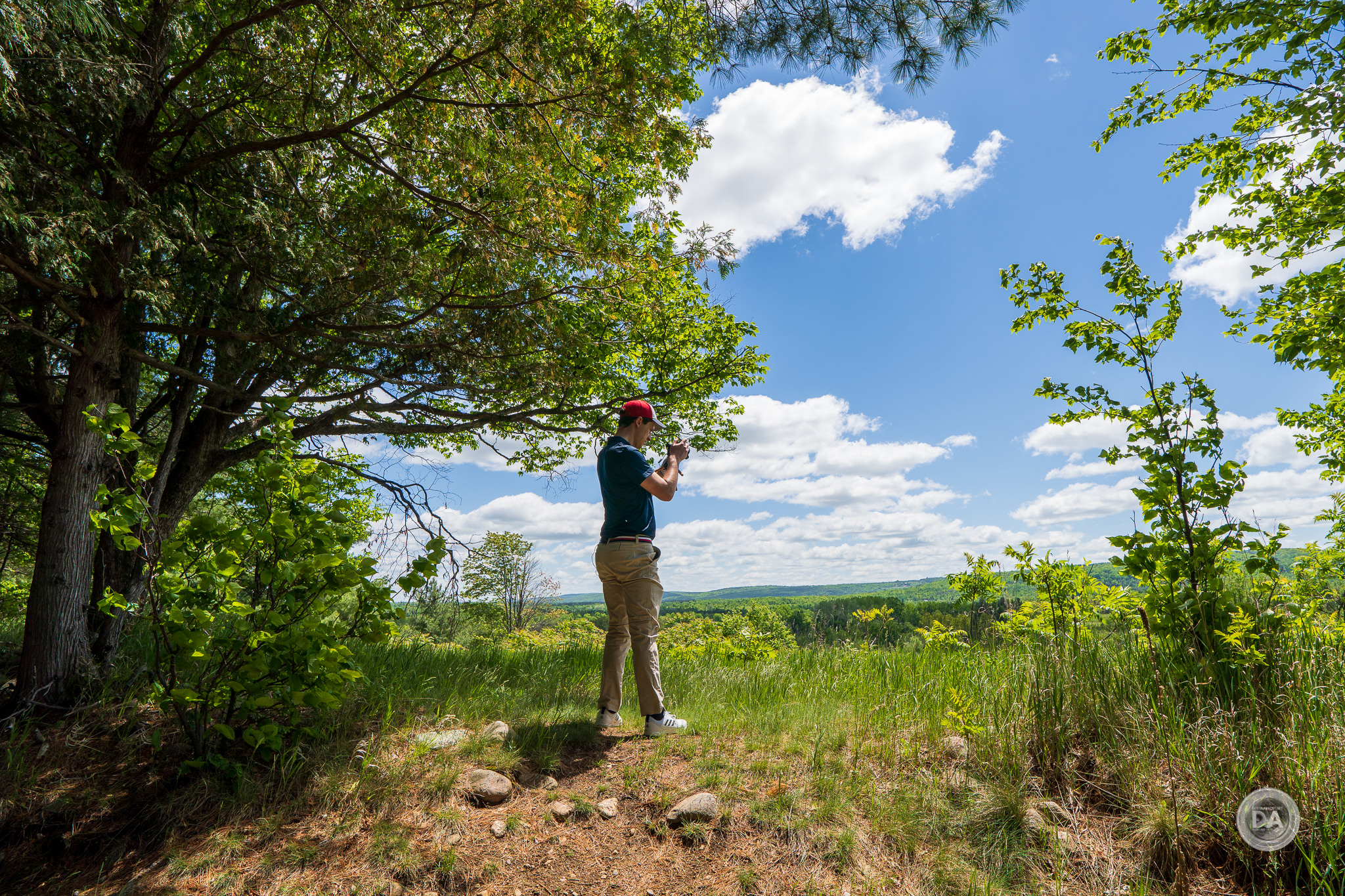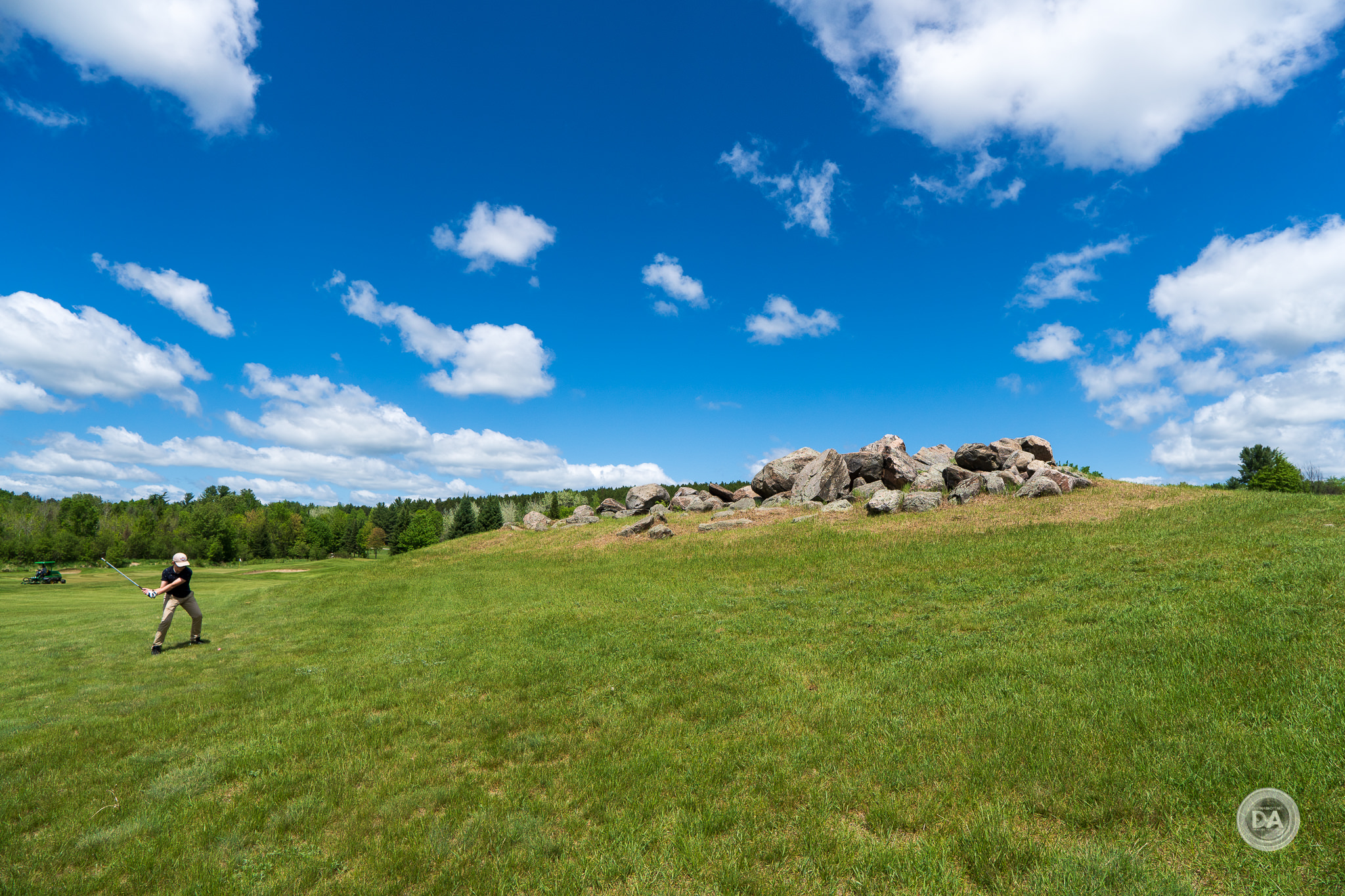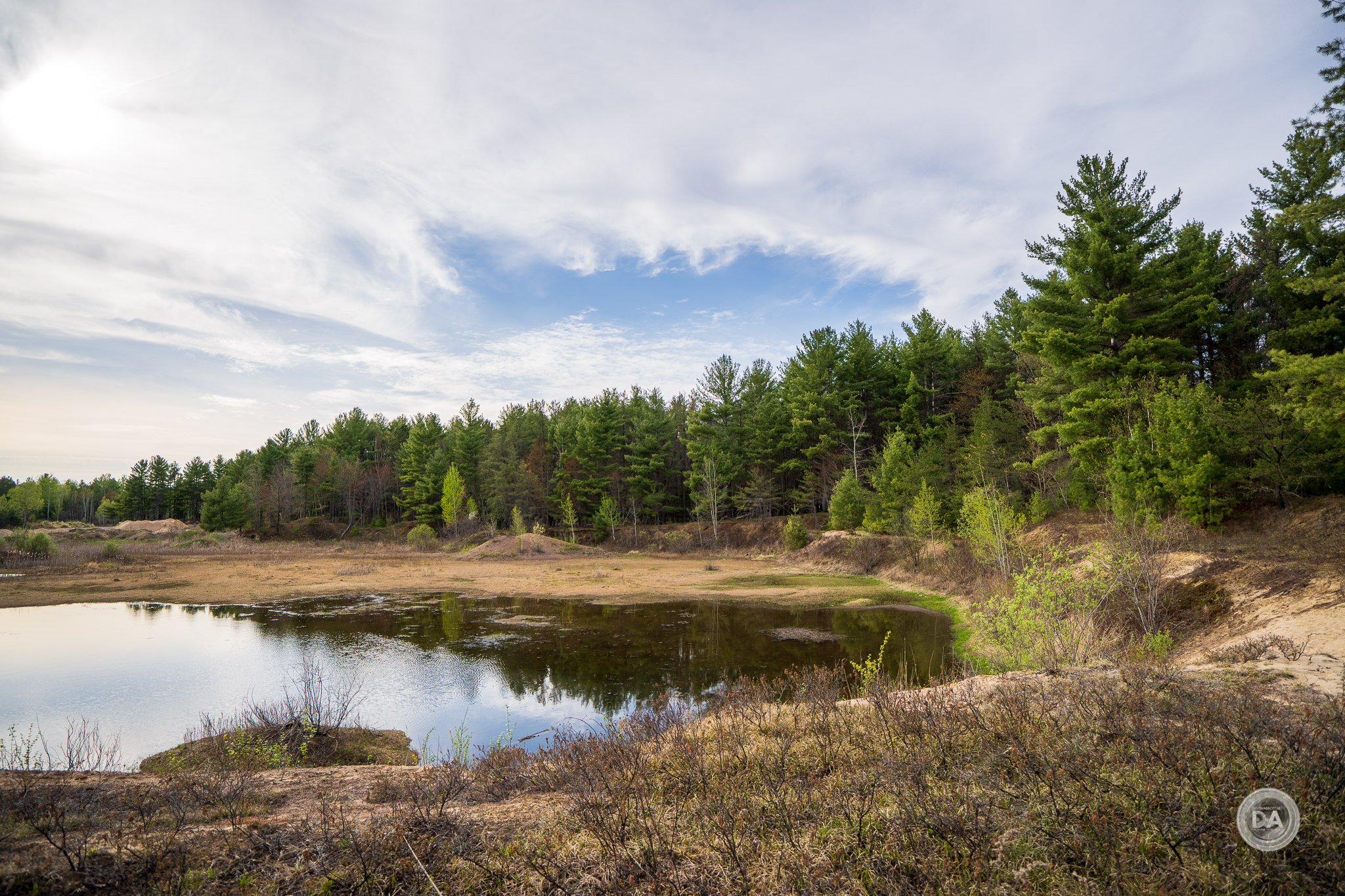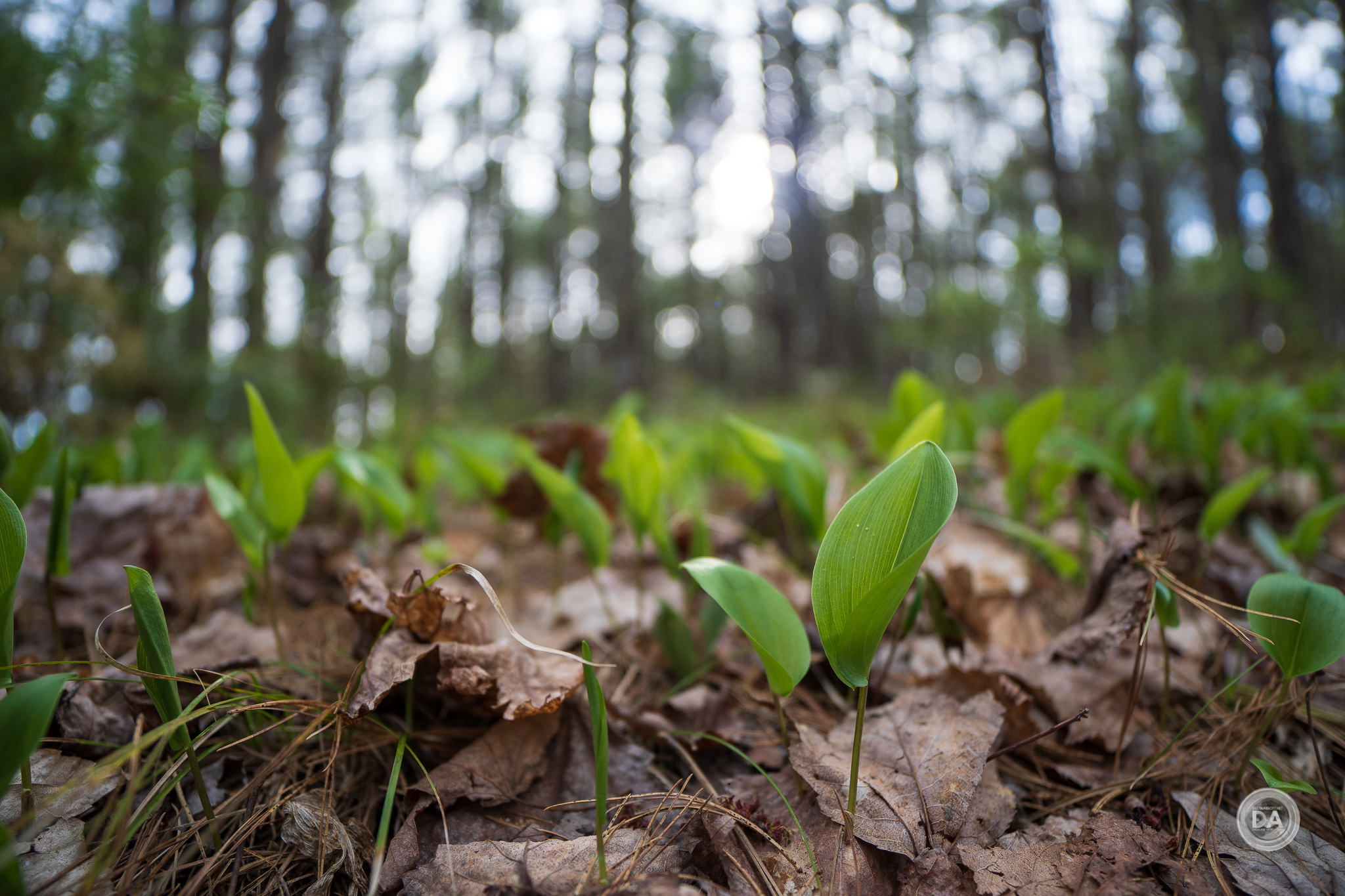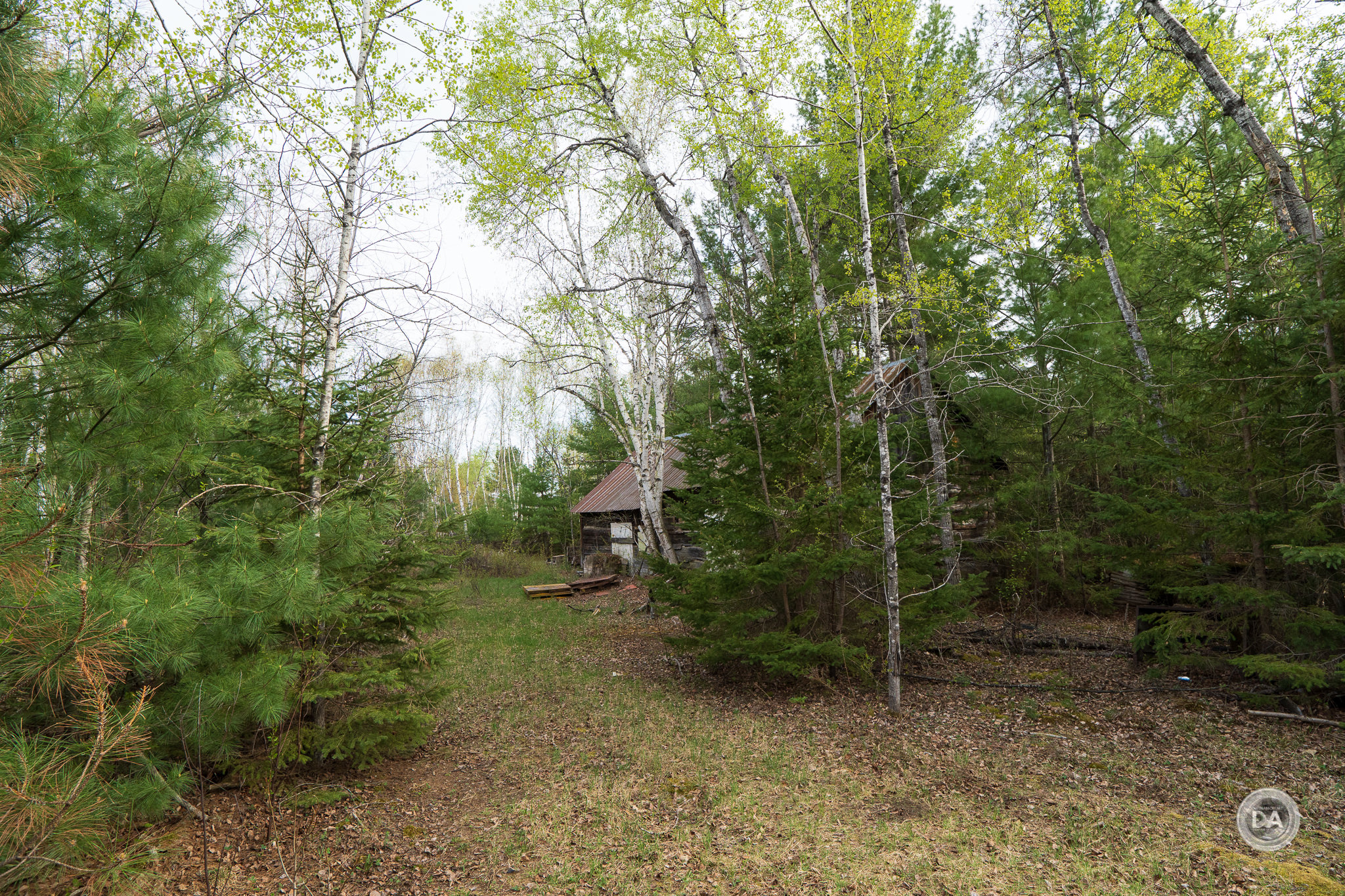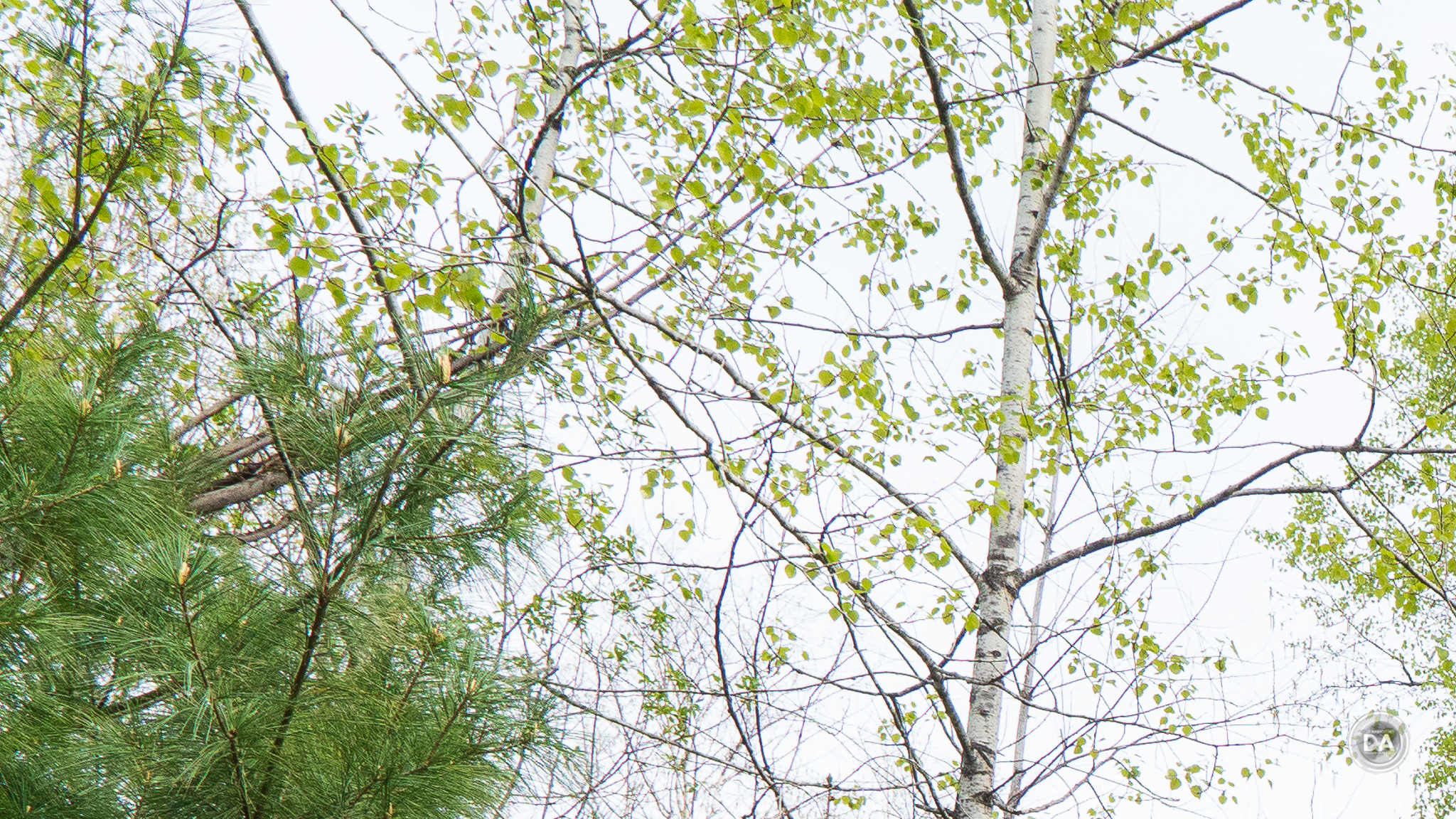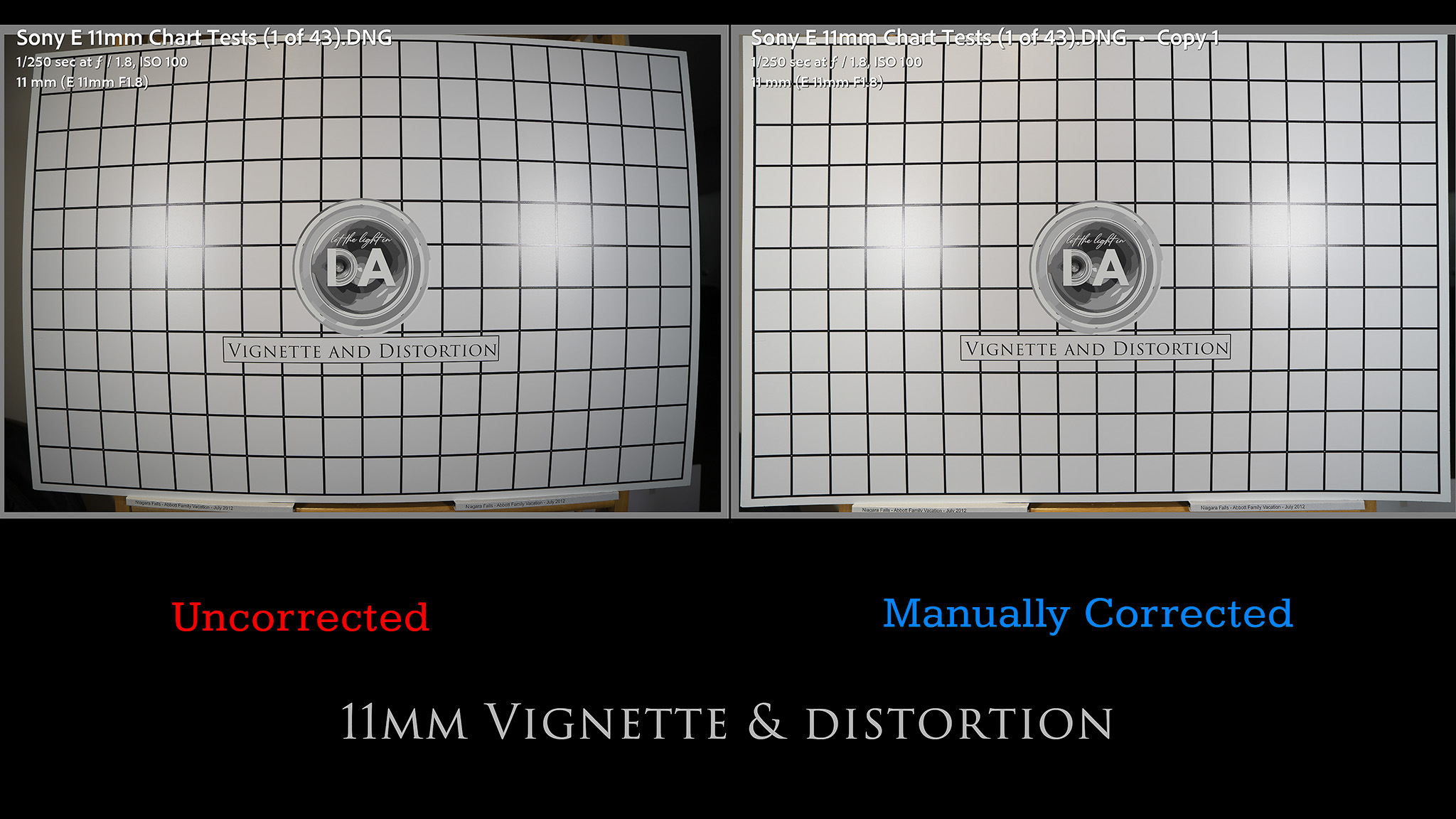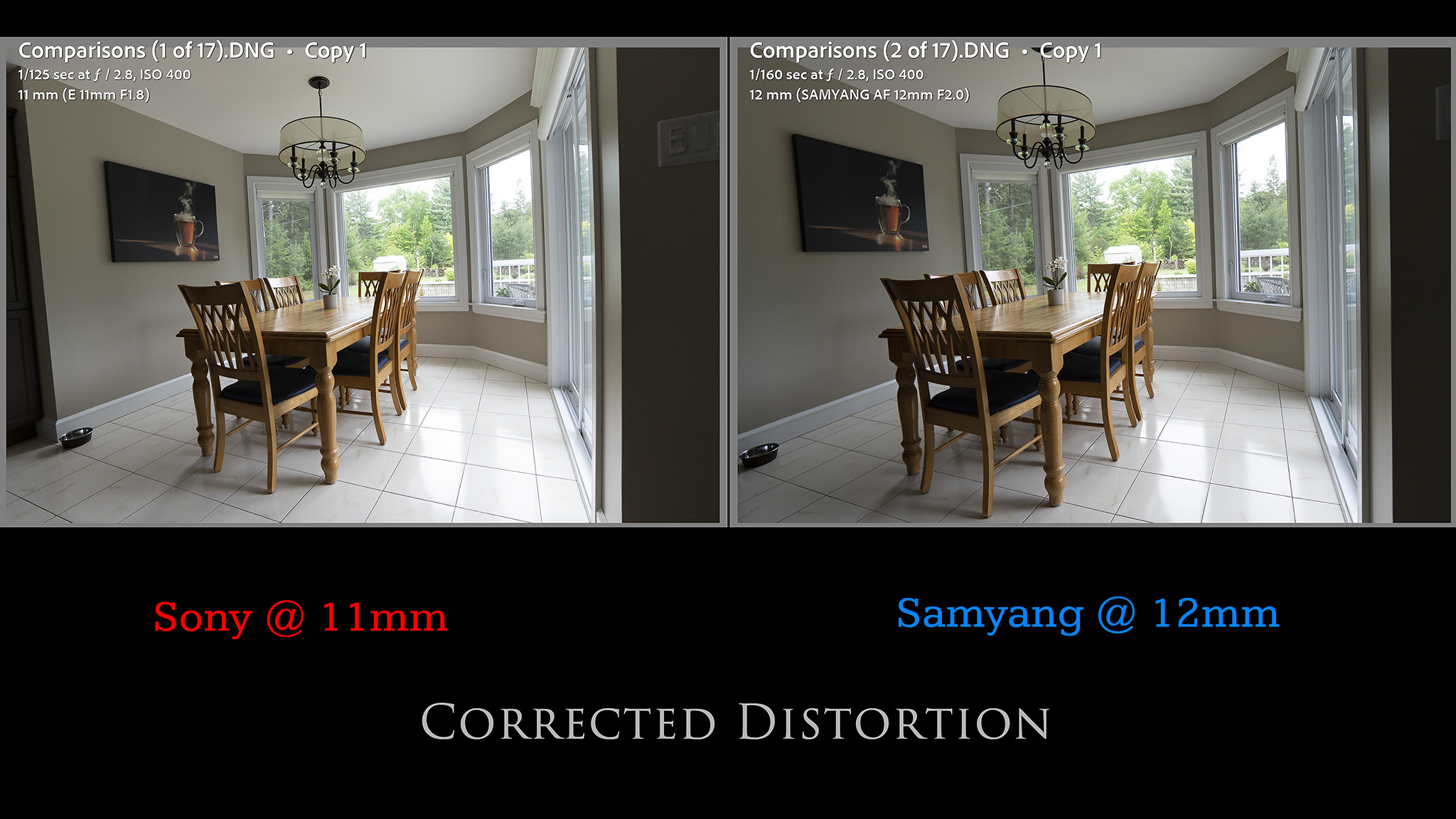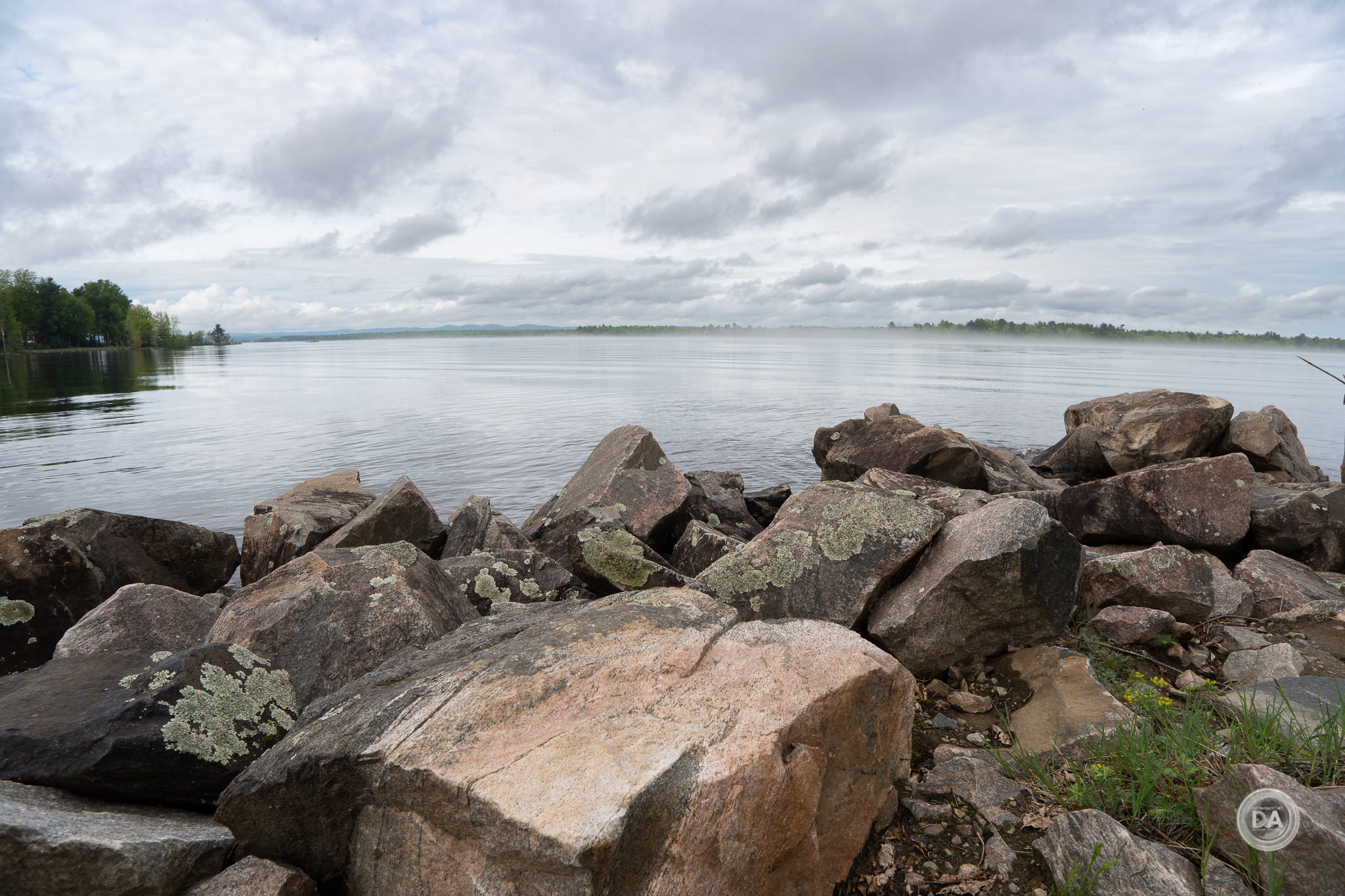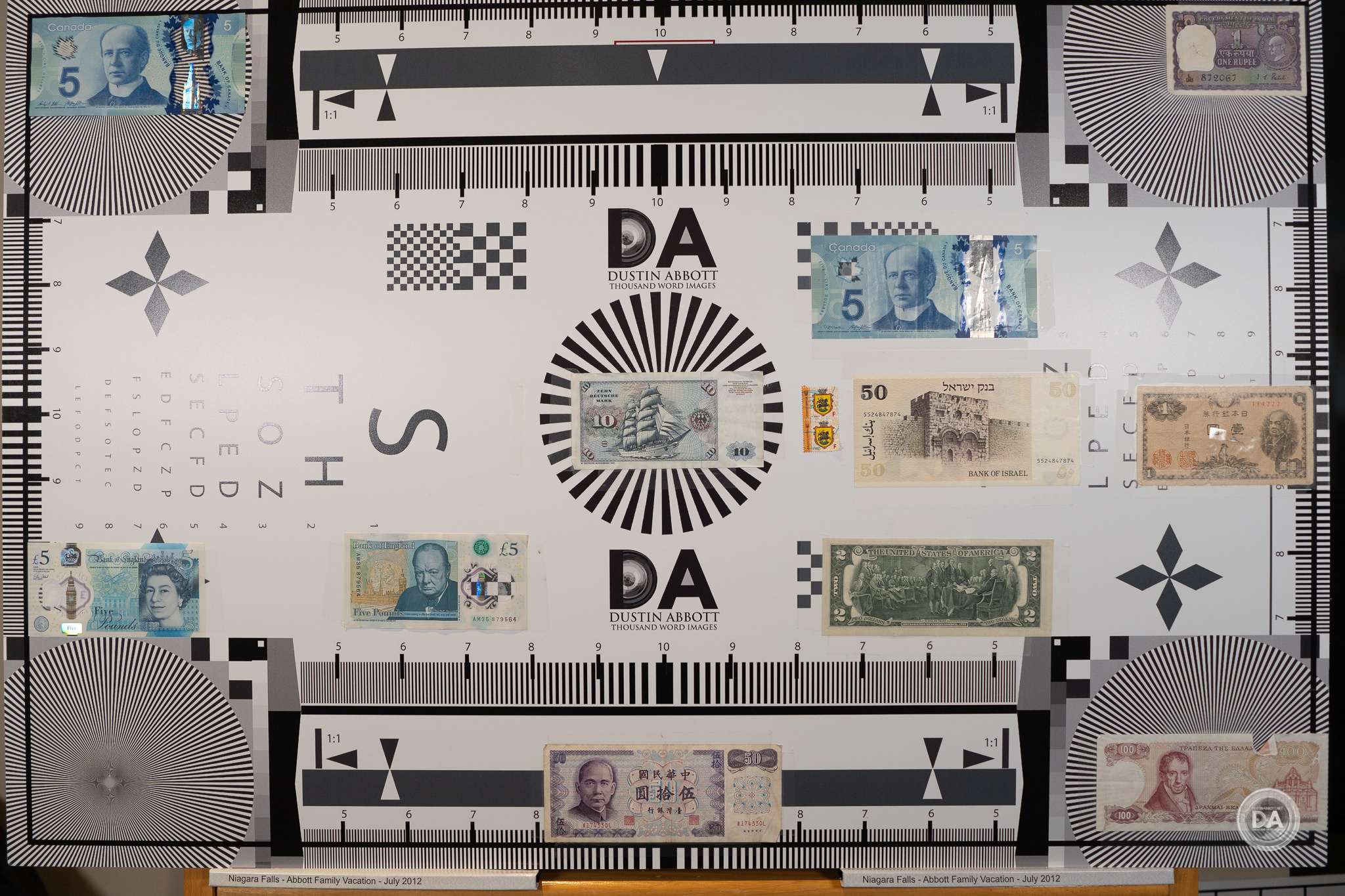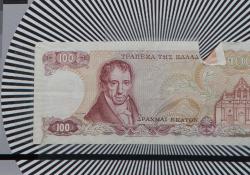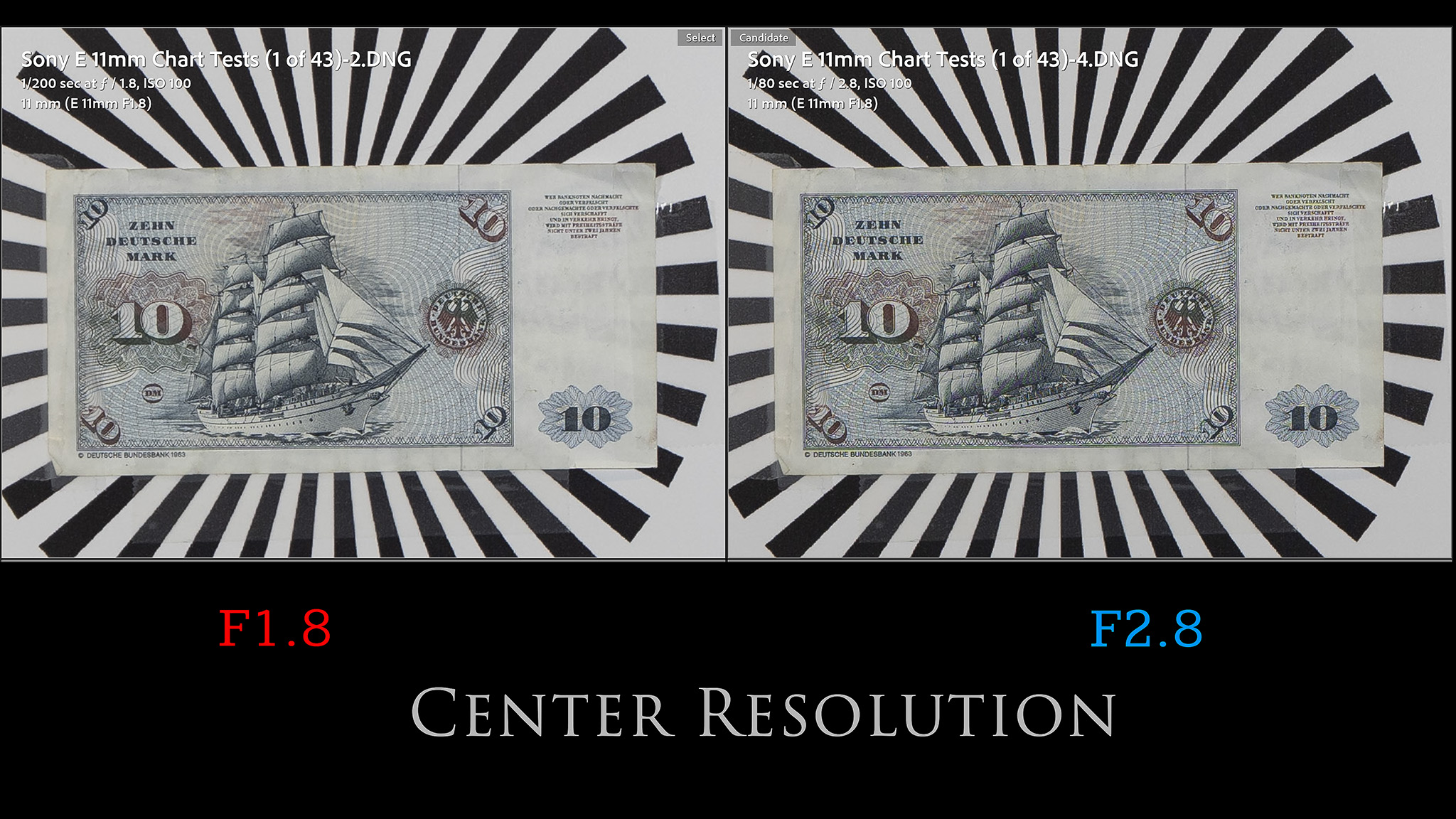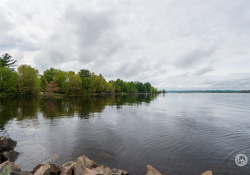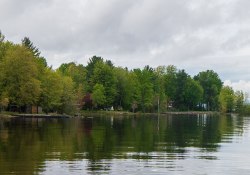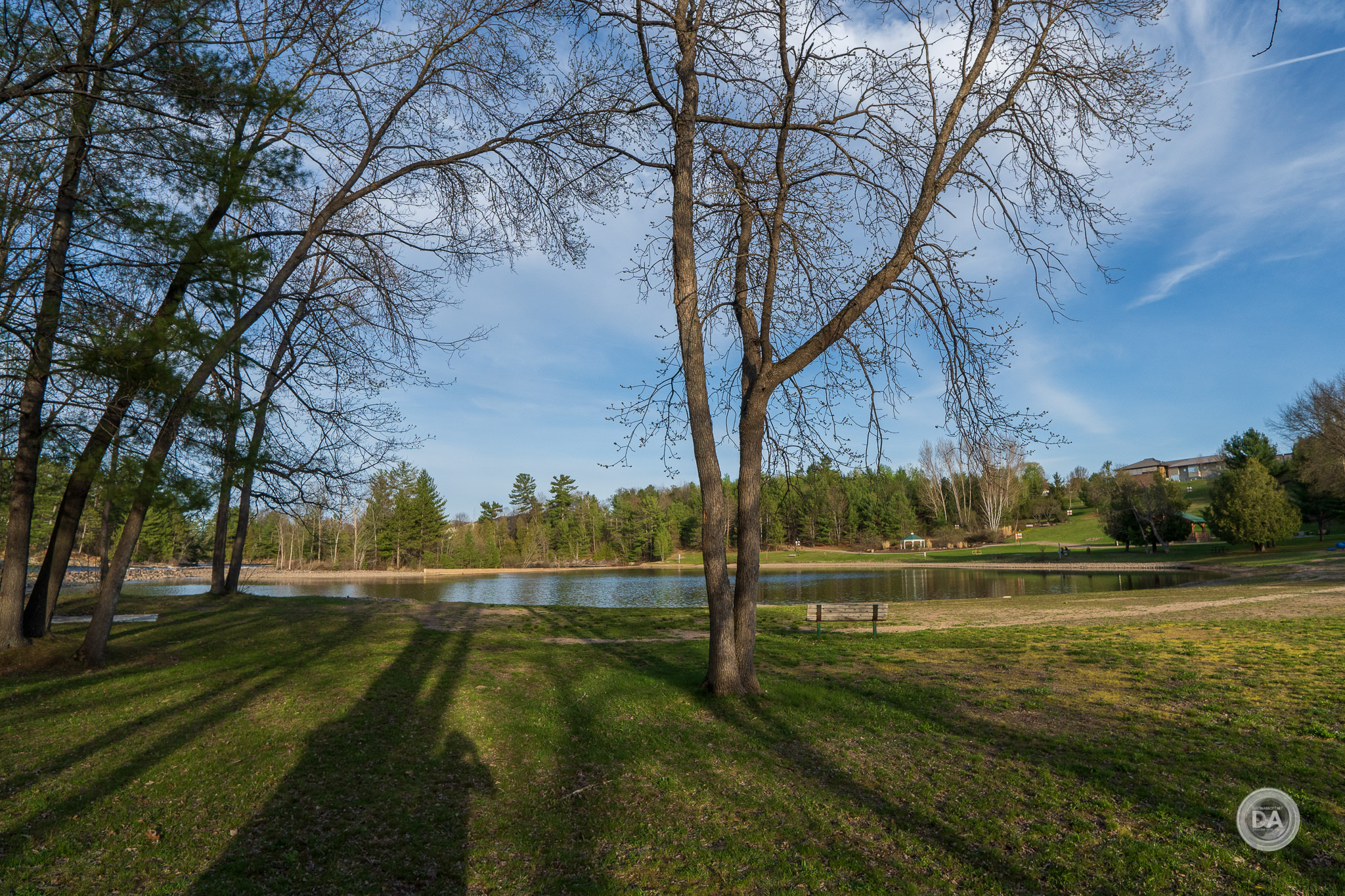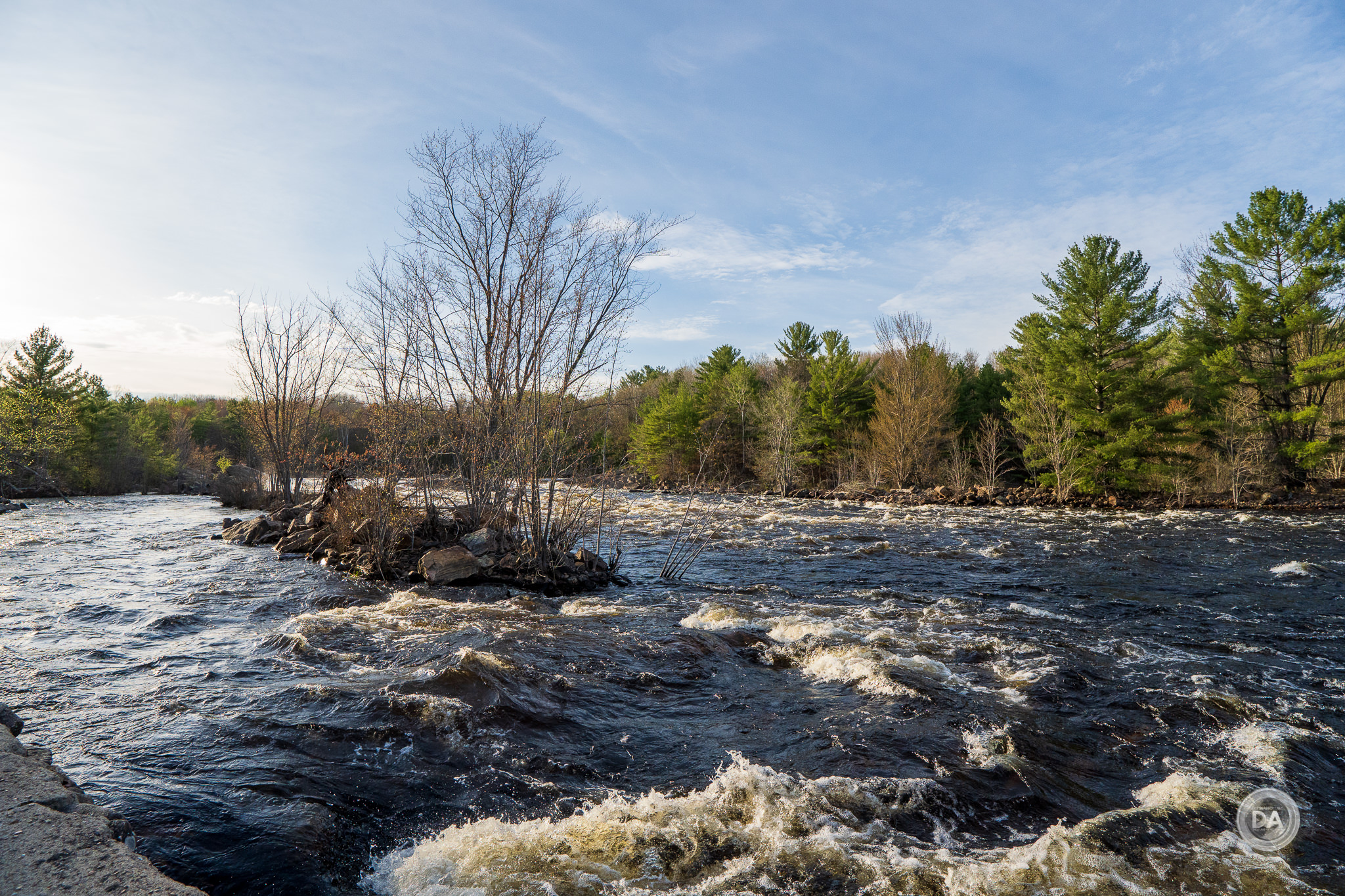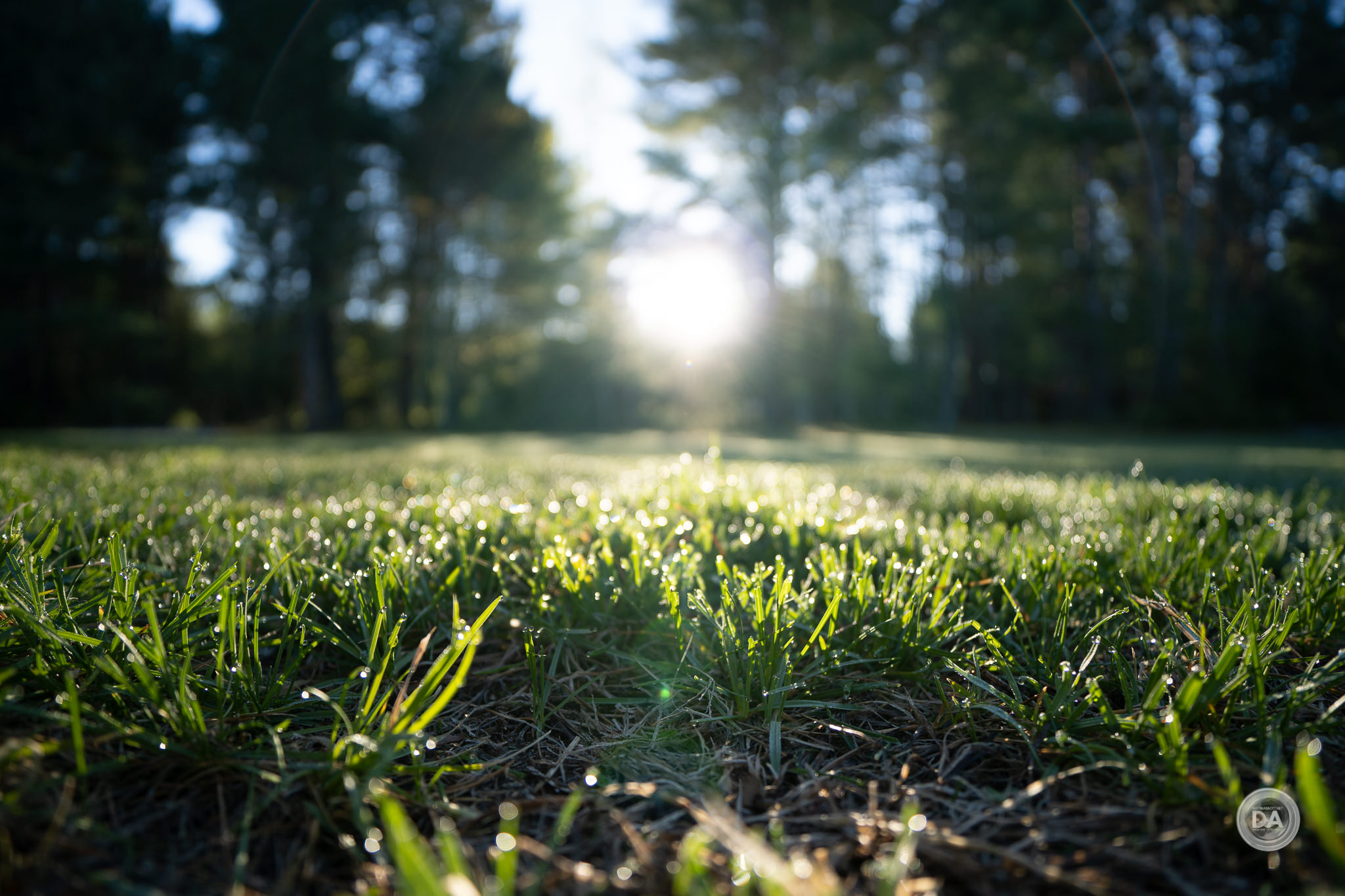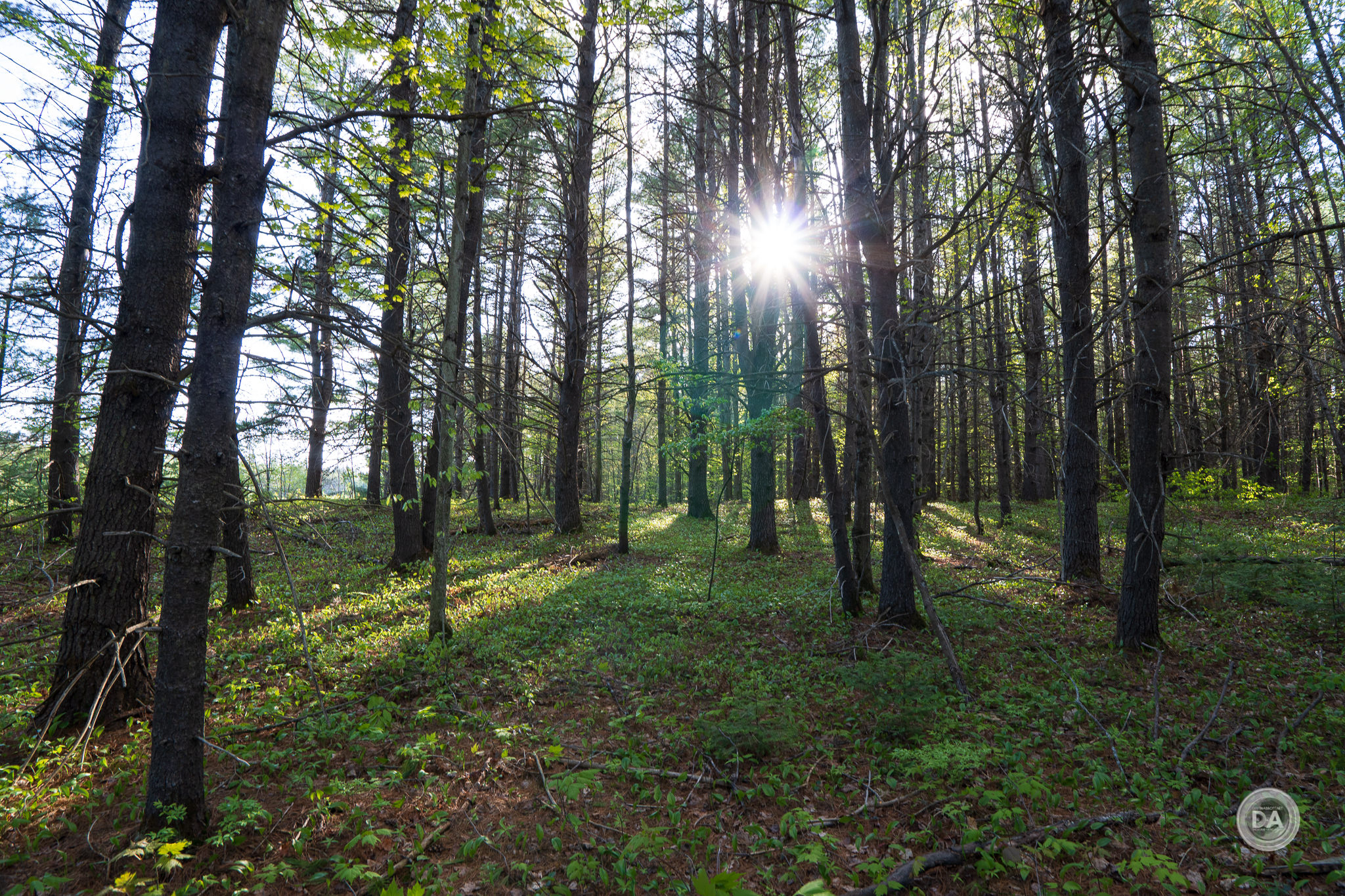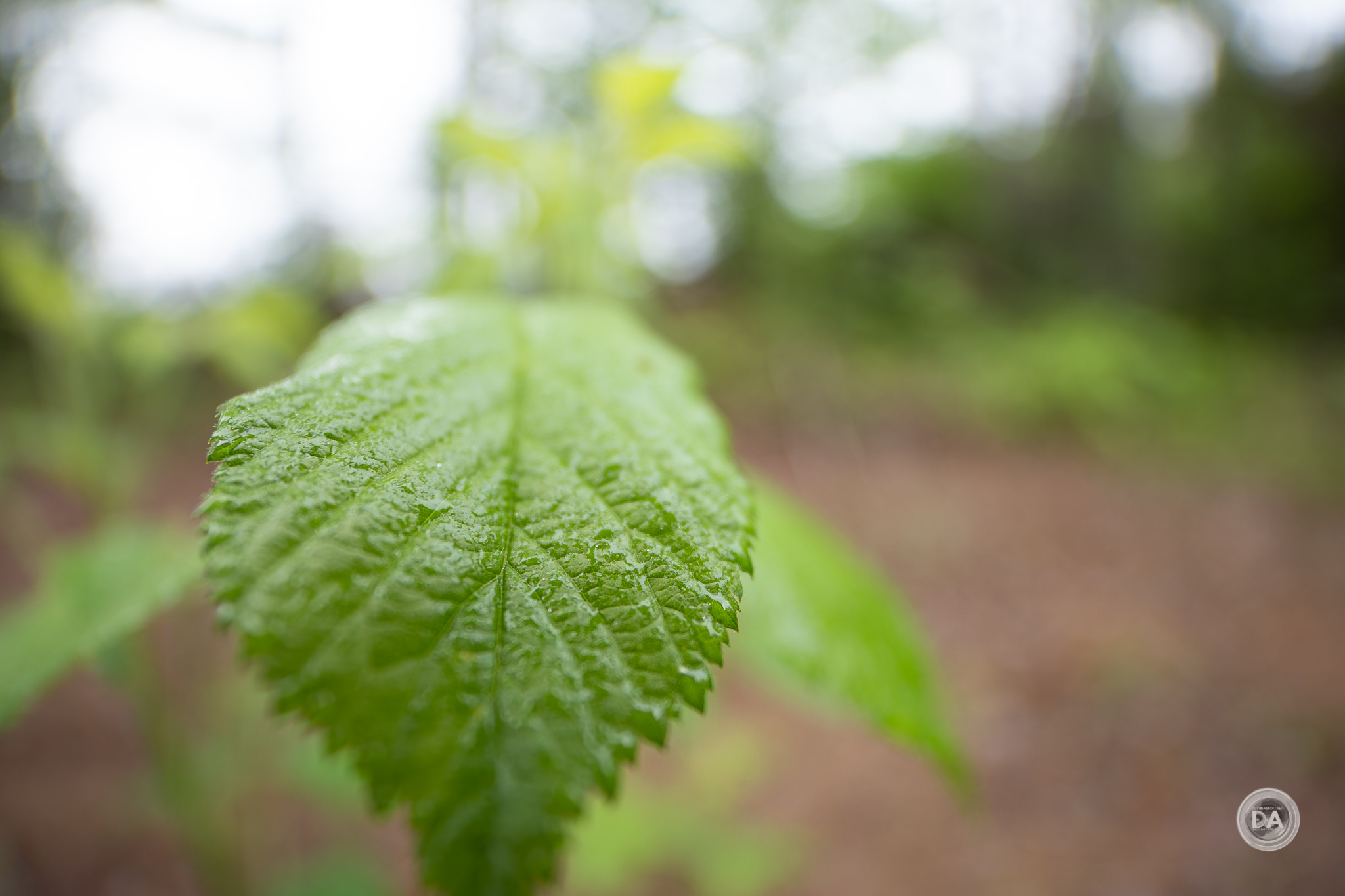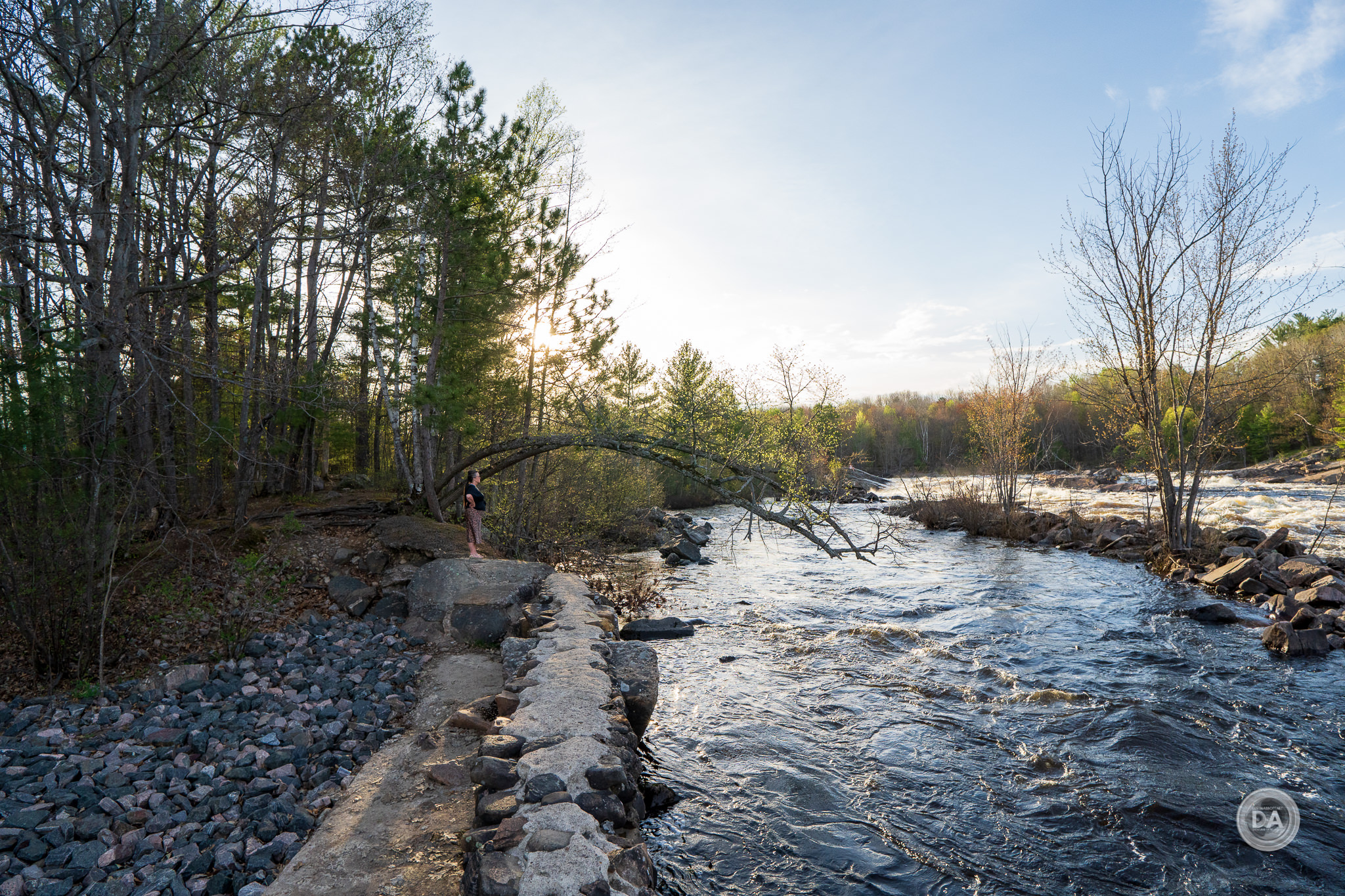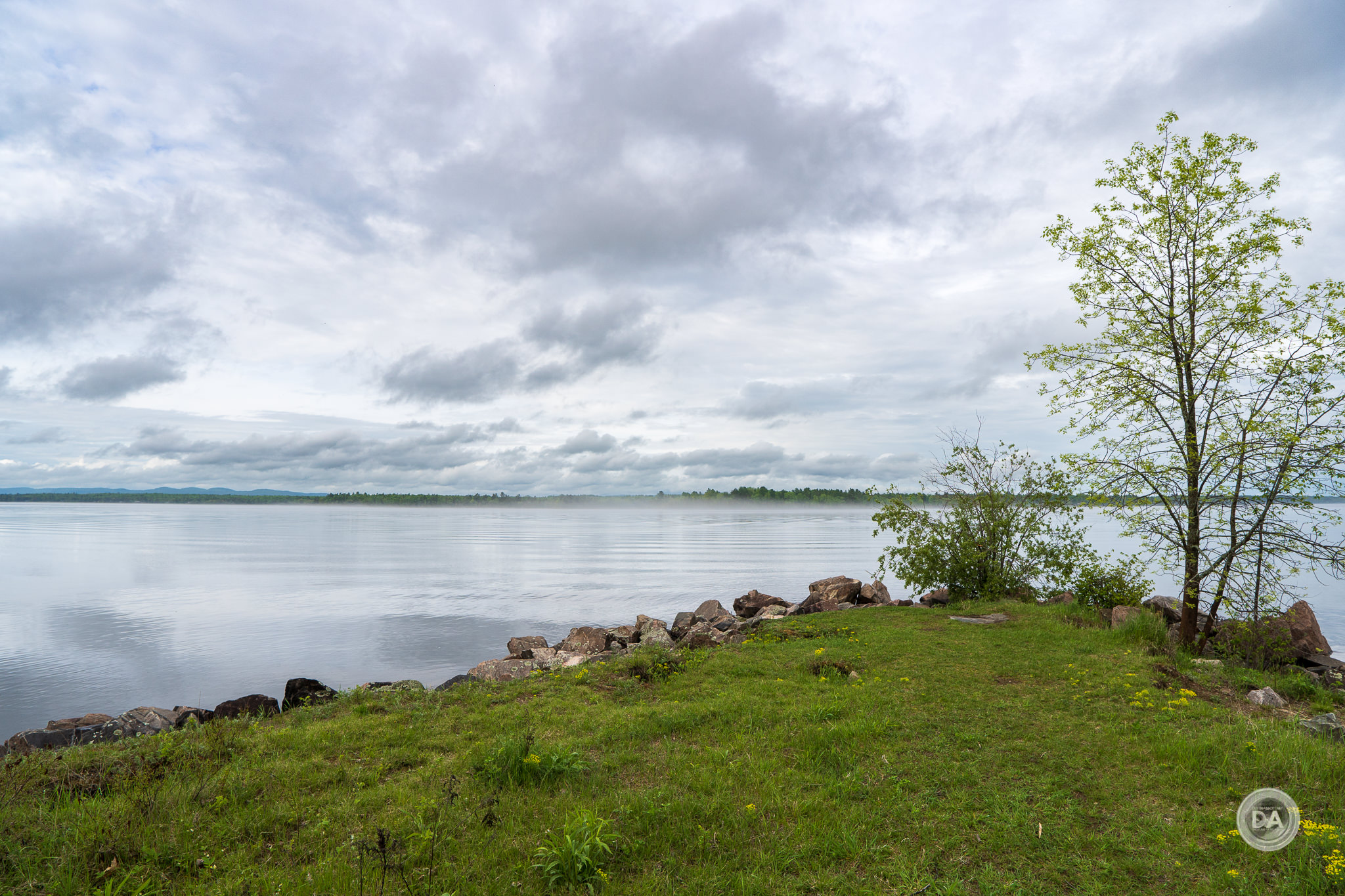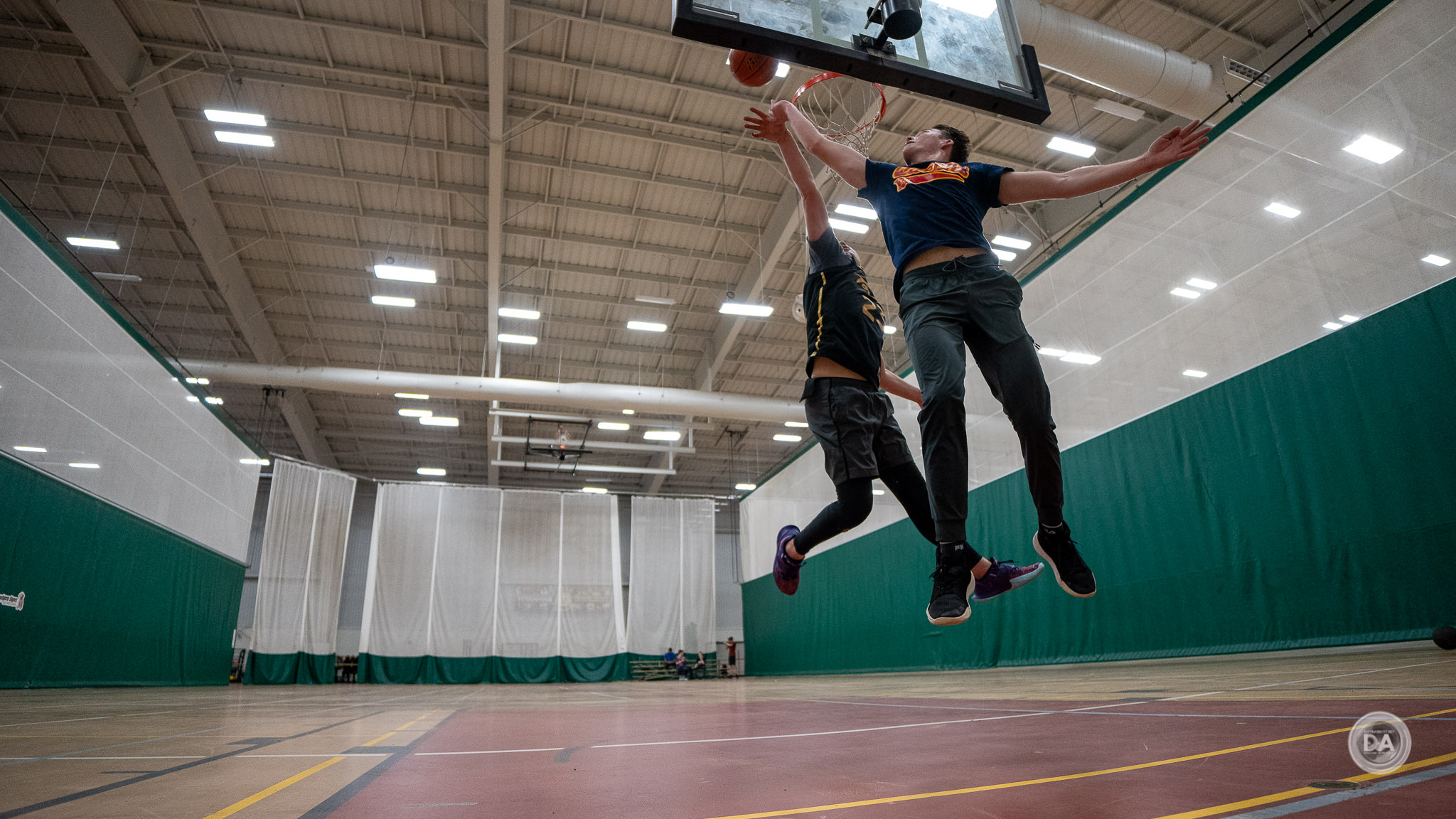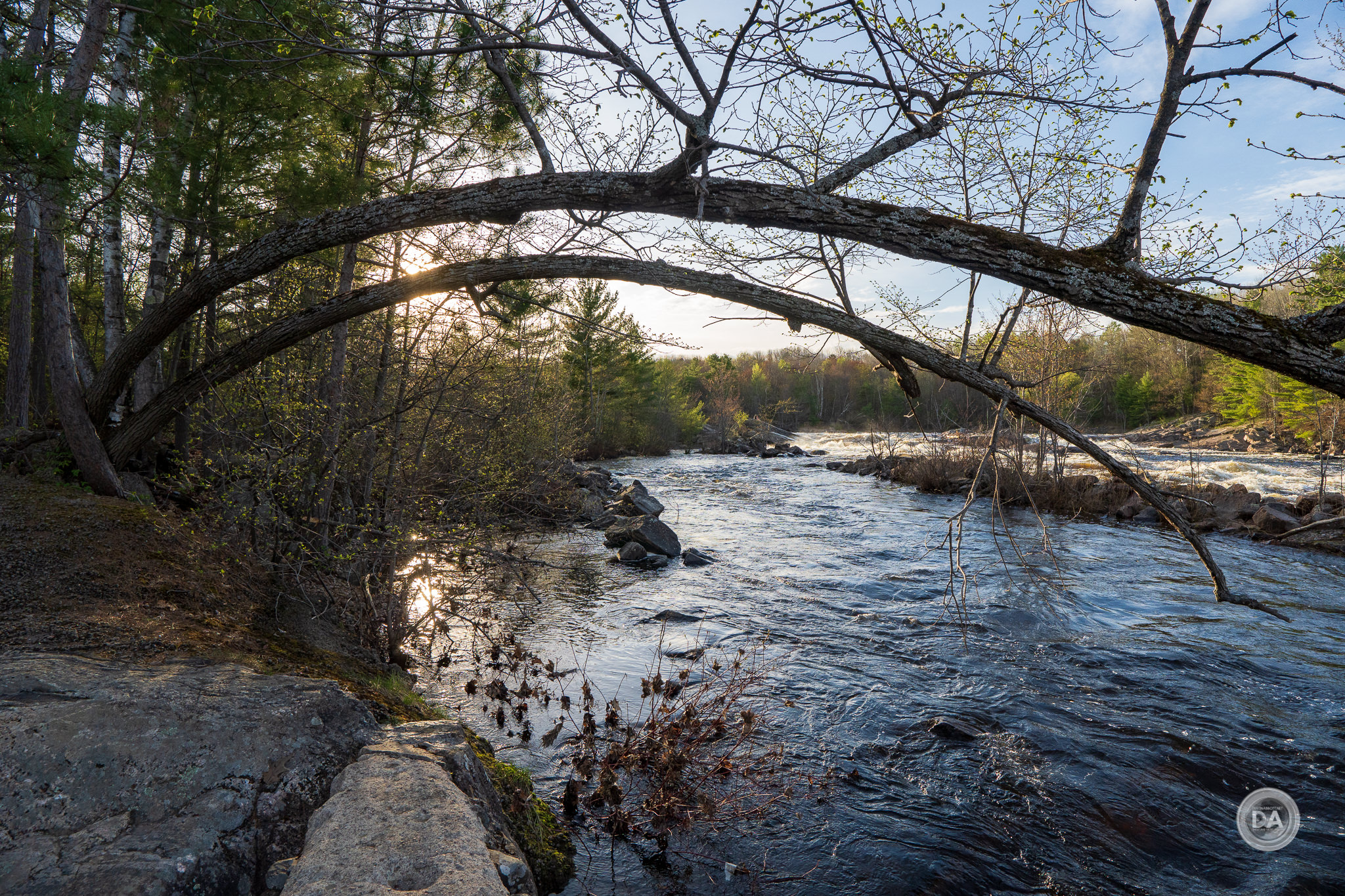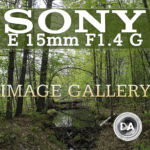I’ve questioned Sony’s commitment to its APS-C platform in the past, as both camera and lens releases in that space have been few and far between over the past 3 years. Sony’s development on full frame has been rather frenzied during that same period, with a number of new camera and what I consider a golden age for lens development. I’ve reviewed one lens after another that I really, really liked in the full frame space, which tells me that Sony has really hit its stride as a camera lens maker. But APS-C has seemed to be on the back burner. And while I still see a lot of room for Sony to deliver a robust sports-oriented APS-C body (something to contend with the new Canon EOS R7 would be nice!), they are taking large strides to shore up the wide angle end of their APS-C catalog with three releases: the E 10-20mm F4 PZ OSS (Powerzoom), the E 15mm F1.4 G, and the Sony E 11mm F1.8 lens. This isn’t the first time that Sony has done some of its better APS-C lenses in bunches, as the last “G” lenses (mid-tier superior lenses) for APS-C came together in 2019: the Sony E 70-350mm F4.5-6.3 G OSS (my review here) and the Sony E 16-55mm F2.8 G. I’ve been fortunate enough to spend time with all three of these new releases, and I’ve already rolled out my review of the 15mm F1.8 G (my review here), the 10-20mm F4 PowerZoom (my review), and now the least expensive of the three small lenses – the Sony 11mm F1.8.
While the 11mm F1.8 is the cheapest of the 3 (and the only one to not receive the superior “G” branding), it remains one of the most interesting of the three to me because of its combination of focal length, maximum aperture, and compact size. The 11mm has less features relative to the other two lenses (no aperture ring, no PowerZoom, obviously), but at the same time it is more fully featured than most Sony APS-C lenses. Here’s a few of the features:
- Excellent image quality
- Three aspherical elements (like the 15mm F1.4 G)
- Dual linear motors driving autofocus (just like the 15mm F1.4 G)
- A focus on video performance, with minimal focus breathing
- Linear manual focus for more precise manual focus and repeatable focus changes
- More physical controls, including an AF/MF switch and a focus hold button
- Dust and moisture resistant design
- Close minimum focus of 12cm (Autofocus = 0.20x magnification) or 15cm (Manual Focus = 0.13x magnification)
- Smaller and lighter than competing lenses
Though the lens looks a little more spartan than the other two lenses without an aperture ring or the G brand on the side, it is still a very nicely featured little lens, and I’ve been impressed with the optical performance, too. This wide angle glass can definitely deliver some dynamic images in many situations.
The retail price here is $548 USD, and that puts lenses like the Samyang AF 12mm F2 (my review here) on notice, as that third party lens has an MSRP of $399. The wider focal length, wider focal range, and deeper feature set makes that $150 feel worth it, though there is some give and take that I break down in this video. The Sony 11mm F1.8 is capable of giving you lovely images even at F1.8:
So is this a lens you should want in your bag? Join me for my thoughts in this review to help you decide. If you prefer to watch reviews, you can check out my detailed video review below.
Follow Me @ Patreon | My Newsletter | Instagram | Facebook | DA Merchandise | Flickr | 500px
I want to thank Sony Canada (and Gentec) for the loaner of this lens. As always, this is a completely independent review. The opinions here are completely my own. *The tests and most of the photos that I share as a part of my review cycle have been done with the Sony a6400 along with the Sony Alpha 1 which will serve as my benchmark camera for the foreseeable future (my review here).
Sony 11mm F1.8 Build, Design and Handling
One of the key areas of emphasis with each of these three new lenses is for them to be compact, which they’ve managed to do here despite the wide focal length and reasonably large maximum aperture. Sony’s APS-C crop factor is 1.5x, meaning that the effective focal length is the equivalent of 16.5mm on full frame. As mentioned previously, the closest competitor for this lens will be the still fairly new Samyang AF 12mm F2 (released almost exactly a year prior). That lens is obviously not quite as wide (an 18mm full frame equivalent) and has a slightly smaller maximum aperture (F2 is 1/3rd stop smaller than F1.8), yet the Sony still manages to be slightly smaller and lighter. The Sony weighs in at 179g (6.3oz), while the Samyang is 213g.
That’s true of the overall length, too, where the Sony is 57mm (2.26″) compared to 59.2mm (2.3″) for the Samyang. The diameter is a bit narrower too, with the Sony measuring at 65mm/2.55″ (by me) compared to 70mm (2.8″) for the Samyang. That is reflected in the filter sizes, too, with the Sony at 55mm and the Samyang having a 62mm front filter thread.
All of this boils down to the fact that Sony has managed to deliver a high performing lens that is truly compact, again proving that premium doesn’t have to mean “big”.
As noted in the intro, Sony has given the 11mm F1.8 a weather sealed build (dust and moisture resistant). The diagram shows a total of 8 seal points through the lens along with the gasket at the lens mount.
As noted, we have no aperture ring here, so aperture will have to be controlled from within the camera (I’ll miss that!). What we have is a focus hold button (which can be programmed to a variety of functions in the camera menu) along with an AF/MF switch, which I always welcome as the most logical and efficient means of switching between the two.
The included lens hood is petal shaped, flares out a bit, and is relatively shallow. It can be reversed for storage without adding too much bulk to the footprint of the lens in a bag.
There is a single ring on the lens, and that is the manual focus ring, which is the most generously sized of the three lenses because of slightly simpler controls. The focus ring moves smoothly, and, as noted, behaves in a linear fashion to allow for focus repeatability, which is very important in video work so that you can set up precise and repeatable focus pulls. The focus action is very light, however, and lacks the precision of the best focus rings.
There is no image stabilization (OSS) in the lens, so you’ll have to depend on in camera stabilization if your camera is so equipped.
Inside we have a seven bladed aperture with rounded blades. The aperture shape will initially stay rounded when stopping the lens down but will eventually become polygonal as the blades start to show their shape. You are not overly likely to see this on a wide angle lens like this, though, as there is little out of focus at smaller aperture.
You can focus as closely as 15cm (while autofocusing), though these new lenses allow you to focus slightly closer (about 12cm) when manually focusing. Magnification will range from 0.13x (AF) to closer to 0.20x when manually focused. Here’s what MFD looks like on my chart test:
And yes, you can clearly see a precursor to the an optical flaw that all of these new lenses share: considerable barrel distortion. The focal plan isn’t as flat as on the other two lenses here, and so you have a sweet spot of focus (and thus sharpness) before the edges warp. You can focus ridiculously close, however, and with a shot like this one I was pretty much bumping the subject with the lens:
There’s really very little to criticize as far as the build and handling go. The lens doesn’t have as many features as the other two lenses, but it is also considerably cheaper than them and is also more feature rich than most Sony APS-C lenses already. The Sony 11mm F1.8 is proof positive of the size and weight savings you can achieve when you do dedicated engineering for a smaller sensor size. This is a very compact package for a lens with this wide a focal length and this large a maximum aperture, and I enjoyed using it.
Sony E 11mm F1.8 Autofocus Performance
The Sony 11mm F1.8 joins the 15mm F1.8 as the first Sony APS-C lenses to come with multiple Linear Focus motors. The 11mm F1.8 has two linear motors, meaning that autofocus is very fast, very quiet, and very accurate.
I had no problem stopping fast action with the lens.
Focus action for video was likewise very smooth, with nice, confident transitions that tended towards smoothness rather than “snappiness”. It’s as if focus speed is calibrated to give nice transitions rather than abrupt ones. The smoothness is heightened by the extremely low focus breathing. There’s nothing that draws your attention to the fact that focus is changing other than a new subject coming into focus. I also had good results when tracking my face for video work, or when following action on the basketball court.
This would be a nice vlogging lens due to the great focal length and excellent focus tracking.
Focus speed for stills was also excellent, with quick acquisitions of subjects and good “stickiness” in staying on the subject. I was able to get accurate focus on the a6400 even with a strongly backlit subject like this:
I got nice focus on Craig as he focused on the landscape with the new 10-20mm F4 PZ lens.
I saw good focus results while taking the lens out with me on the golf course as well.
Throughout my test period I don’t think that I ever heard any noise associated with focus at all. The dual motor focus system delivered fast, quiet, and accurate results. This is a premium focus system…and it shows. I was pleasantly surprised to see the sophisticated focus system in the less expensive lens, and it definitely increases my personal interest in the lens.
Sony 11mm F1.8 Image Quality
The MTF chart for the 1mm F1.8 indicate an extremely strong center and mid-frame performance (even wide open) with corners remaining good but not as exceptional. When stopped down the image quality borders on perfect:
The lens is perfectly capable of producing credible landscape images even at F1.8:
The 11mm F1.8 performs well in a lot of the technical merits, in fact, including a good control of LoCA (Longitudinal Chromatic Aberrations) even in very challenging situations. There is next to no visible fringing in the bokeh circles beyond the subject, and nothing to see in the closer transitions to defocus around the lily-of-the-valley that is the subject.
I also see next to no lateral CA (LaCA) in the corners of the frame in this high contrast area:
That’s a good start in a wide angle, wide aperture prime.
I noted a trend in each of these three new lenses from Sony, however, and that is that the engineers chose the same thing to “let slide” in the optical design. Optical engineers are faced with a series of choices. If size is no object, engineers can work to solve most all optical issues (even better if money is no object!) But if you also want to make a lens compact, you essentially have to choose what to leave up to software to correct and focus on doing what you can. Sony’s engineers have done a good job correcting for most optical flaws in these lenses, but distortion is the weak link in the design. It’s clear that they designed with the idea that software would have to correct the distortion. Each of the three lenses suffered in this regard, with the 11mm coming out as worst offender in this regard. Here’s a look my vignette and distortion chart at 11mm, F1.8:
Ouch! That’s a lot of barrel distortion!
A few general observations. First of all, I framed the chart tight in the viewfinder as I was looking at the corrected result in camera. The uncorrected image is obviously much wider than the viewfinder image to allow for the correction profile to fix things. I suspect this lens is wider than 11mm to allow the corrected image to frame more like 11mm. I compared it with the Samyang AF 12mm, which has very little native distortion. The Sony was much wider prior to correction, but after both lenses were corrected (which meant little with the Samyang), the Sony is still considerably wider:
To achieve my manually corrected result I needed to dial in a lot of distortion correction (+40) along with a significant amount of vignette correction (+69, or slightly under three stops). Even after correction, however, you can see a slight “mustache” pattern as the distortion is non-linear. You’ll want to use the correction profile from Sony to get the cleanest correction, but the good news is that as a first party lens, the Sony 11mm F1.8 will receive premium correction support both in camera and in software, so this shouldn’t be a serious issue for you in real world use.
You will want to correct that distortion, however, as it does show up in real images. You can see a curve to the horizon even with the composition only slightly off center.
This is definitely the optical fly in the ointment of this lens.
So how about resolution and contrast? We’ll get answers from my test chart, which you can see here:
I’ve used the 24 MP Sony a6400 for this test, which is currently as high as Sony’s APS-C cameras venture.
Here are high magnification (about 200%) crops from across the frame at F1.8 (Center, Mid-frame, and lower right corner):
These show a very high level of contrast and resolution in the center and mid-frame, with slightly reduced performance in the corners (though frankly they still look very good).
Stopping down to F2 produces minimal improvements, but there is a little more improvement to be found at F2.8, both in the center of the frame:
…and in the corners, which are very good:
Stopping on down produced a minimal increase in contrast in resolution, with F5.6 being pretty much the sweet spot for maximum performance. Real world landscapes at smaller apertures look amazing, with great contrast and detail across the frame:
Colors and detail are generally excellent, and it produces very pleasing images:
Here’s another:
Minimum aperture is F16, and I would stick to F11 as a limit where possible. Diffraction reduces the appearance of contrast and resolution to the lowest level of any aperture.
Another important design aspect for a wide angle lens is flare resistance. I did see a bit of a ring at wide apertures in certain images (like the one below), but fortunately the effect is actually pretty cool:
Overall flare resistance was very good. I was able to tease out one green blob at smaller apertures (F11), but by and large I could shoot into the sun or bright lights without fear. Sunbursts from the 7 bladed aperture look pretty nice:
I definitely noted a real world difference between the Sony and the Samyang in flare resistance. You can see that the Samyang has loss contrast due to the sun coming through the window on the right while the Sony has retained deep saturation levels in the same situation:
Bokeh is not necessarily the highest priority on a lens like this, but I found the quality of the background blur fairly good when I got really close to a subject and blurred out the background.
A wide angle of view means that you will rarely have the background completely out of focus, and I did notice that things were a little more “jittery” when I was less close the subject:
But overall the performance is most regards was excellent here. The 11mm F1.8 gave me a lot of images I was really happy with:
When you consider how small of a package all of this performance comes in, the Sony E 11mm F1.8 will become a very tempting lens for those looking for a premium APS-C wide angle prime. I’d personally debate between it and the 15mm F1.4 G since I prefer the wider focal length of the 11mm. If you’d like to see more photos, check out my image gallery here.
Conclusion
The Sony 11mm F1.8 is a great addition to the Sony APS-C mirrorless catalog. It comes in at a relatively affordable price point, and though Sony decided to not give this lens the “G” branding of the other two lenses, it is kind of hard to determine why. It is short an aperture ring relative to the 15mm F1.4 G, but it seems just as high performing optically, has the same dual linear focus motors, and has roughly the same level of build quality. It also has the more dramatic and thus desirable focal length, in my opinion.
The list of strengths is long, from the quality of the build (including weather sealing), video focused features, excellent autofocus, and a truly excellent image quality performance. The list of negatives is very short and mostly limited to the strong barrel distortion, though the correction profile will help rectify that. There are many applications for a lens with a focal length like this, and wider maximum aperture means that they aren’t limited to the typical landscapes, though it does those very well.
If I were looking for a wide angle prime for my Sony APS-C camera, the 11mm F1.8 would be at the top of my list. The price point of $549 seems reasonable relative to the performance, and I enjoyed the quality of the images I got from the lens along with the ease of use in the field. This may not a “G” lens, but it still feels pretty (g)reat.
Pros:
- Nicely built, extremely compact lens
- Quality degree of weather sealing (8 seal points)
- Dual linear motors produce fast, quiet focus
- Low focus breathing
- Consistently excellent sharpness and contrast
- Good flare resistance
- Good bokeh rendering
- Good control of chromatic aberrations
- Affordable price tag
Cons:
- Strong barrel distortion
- Fairly heavy vignette
Gear Used:
Purchase the Sony E 11mm F1.8 @ B&H Photo | Amazon | Camera Canada | Amazon Canada | Amazon UK | Amazon Germany
Purchase the Sony E 15mm F1.4 G @ B&H Photo | Amazon | Camera Canada | Amazon Canada | Amazon UK | Amazon Germany
Purchase the Sony 10-20mm F4 PZ G @ B&H Photo | Amazon | Camera Canada | Amazon Canada | Amazon UK | Amazon Germany
Purchase the Samyang AF 12mm F2 @ B&H Photo | Amazon | Amazon Canada | Amazon UK | Amazon Germany
Purchase the Sony a6600 @ B&H Photo | Amazon | Camera Canada | Amazon Canada | Amazon UK | Amazon Germany | Ebay
Purchase the Sony a6400 @ B&H Photo | Amazon | Amazon Canada | Amazon UK | Amazon Germany | Ebay
Peak Design Leash Strap: Peak Design Store | B&H Photo | Amazon | Amazon Canada | Amazon UK
Adobe Photoshop Creative Cloud 1-Year Subscription
Exposure Software X6 (Use Code “dustinabbott” to get 10% anything and everything)
Visit Dustin’s Amazon Storefront and see his favorite gear

Purchasing your gear through B&H and these links helps fund this website and keeps the articles coming. You can also make a donation here if you would like. Visit my Amazon page for some of my gear of choice! Thank you for your support.
Great News! I can now offer a 5% discount on all purchases at Amplis Foto, Canada’s Leading Photographic Supplier. Please enter discount code: AMPLIS52018DA in your cart. It is good for everything in your cart, and is stackable with other coupons, too! It will take 5% off your entire order! Proceeds go towards keeping this site going and providing you with new reviews!
Check me out on: My Patreon | Sign Up for My Newsletter | Instagram | Facebook | Twitter | Flickr | 500px | Google+ |
Keywords: Sony E 11mm Review, Sony 11mm F1.8 Review, Sony 11mm, F1.8, f/1.8, Samyang AF 12mm F2, Samyang, 12mm, F2, APS-C, Sony a6600, Sony Alpha, a6600 Review, Sony, a6600, Review, Dustin Abbott, a6500, a6400, Alpha 1, Hands On, Video Test, Sharpness, Autofocus, CA, Video AF, Autofocus, Eye AF, Lens, Comparison, Test, Dustinabbott.net, Sample Images, Sample Video, Let the Light In, Burst, Action


